Ultimate Guide to Cycling Croatia
Everything you need to know to plan an epic cycling trip in Croatia — routes, seasons, must-see places, and practical tips for an epic biking adventure.
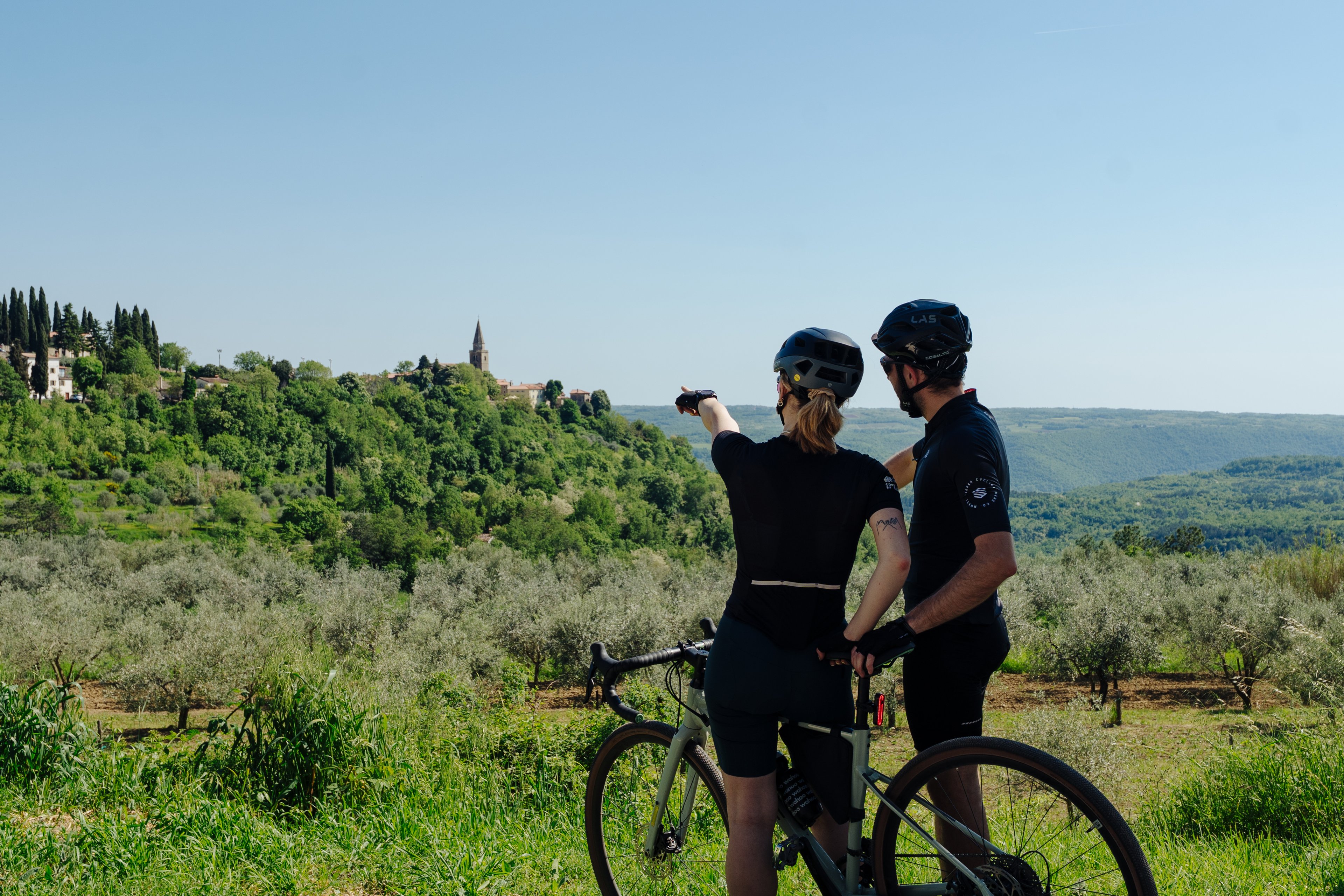
Quick Links
Cycling in Croatia is gaining popularity fast — and for good reason. The country offers 3,000+ kilometers of marked bike routes, excellent road conditions, and a landscape that shifts dramatically from rugged coastlines to rolling vineyards and forested mountains.
With over 1,200 islands, eight national parks, and a mild Mediterranean climate, cycling in Croatia is possible almost year-round.
In this guide, you’ll find:
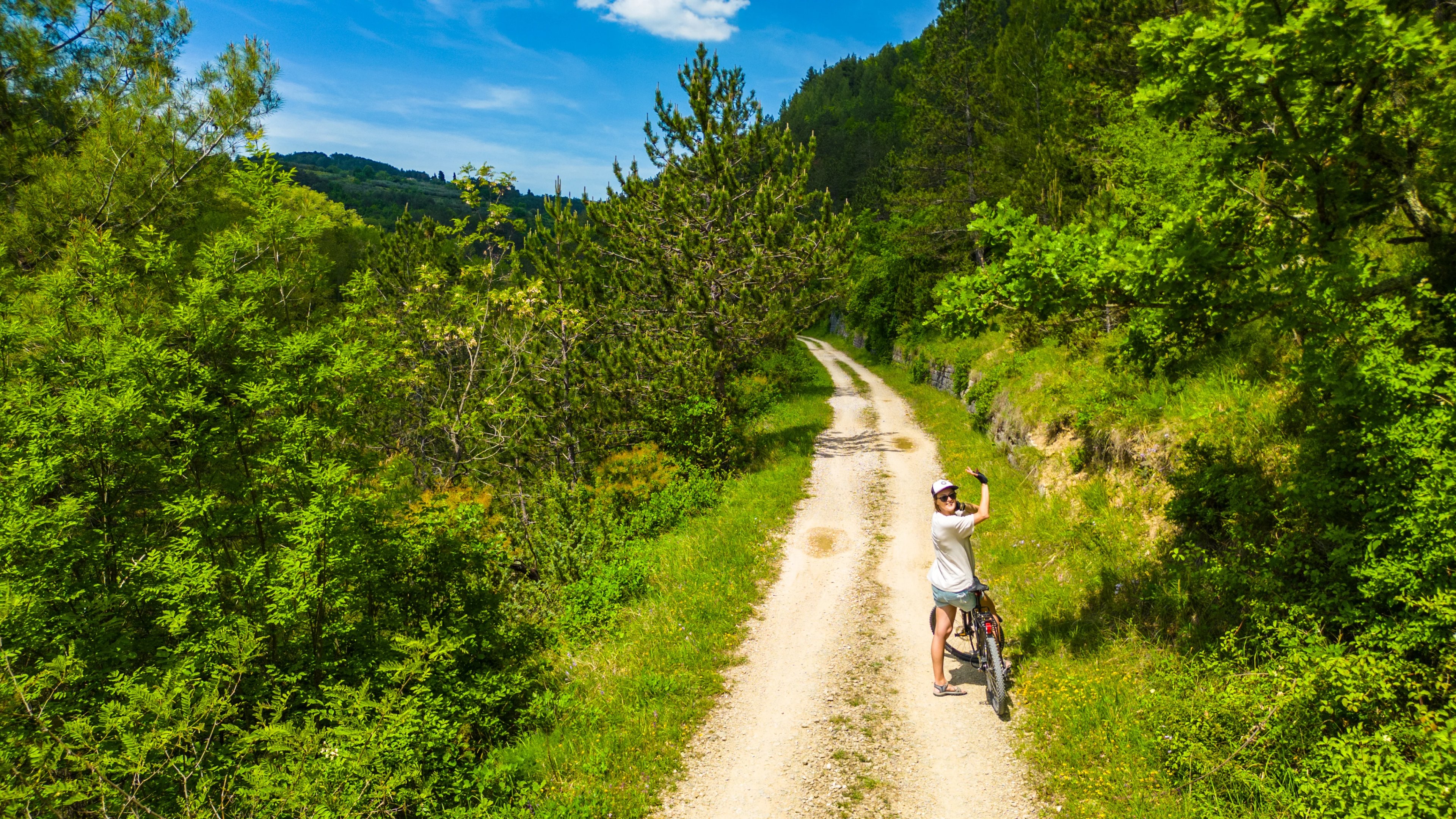
Why Cycle Croatia?
When most travelers picture Croatia, they imagine beaches, yachts, and medieval coastal towns. But in recent years, a new trend has taken hold: cycling in Croatia is booming, attracting riders from all over the world.
Voted “Best Country to Visit in Europe 2025” by European Best Destinations, Croatia now stands as one of Europe’s most dynamic and bike-friendly travel destinations.
Why It’s Perfect for Cyclists?
- Exceptionally varied landscapes — coast, islands, karst, rivers, and mountains
- Over 1,100 islands and a highly indented 6,000-km coastline
- Integrated into European cycling networks and expanding local routes
- Mild Mediterranean climate and long rideable season
- Deep cultural heritage and warm local hospitality
- Excellent food and wine regions to explore between rides
- Quiet backroads with light traffic outside the main tourist season
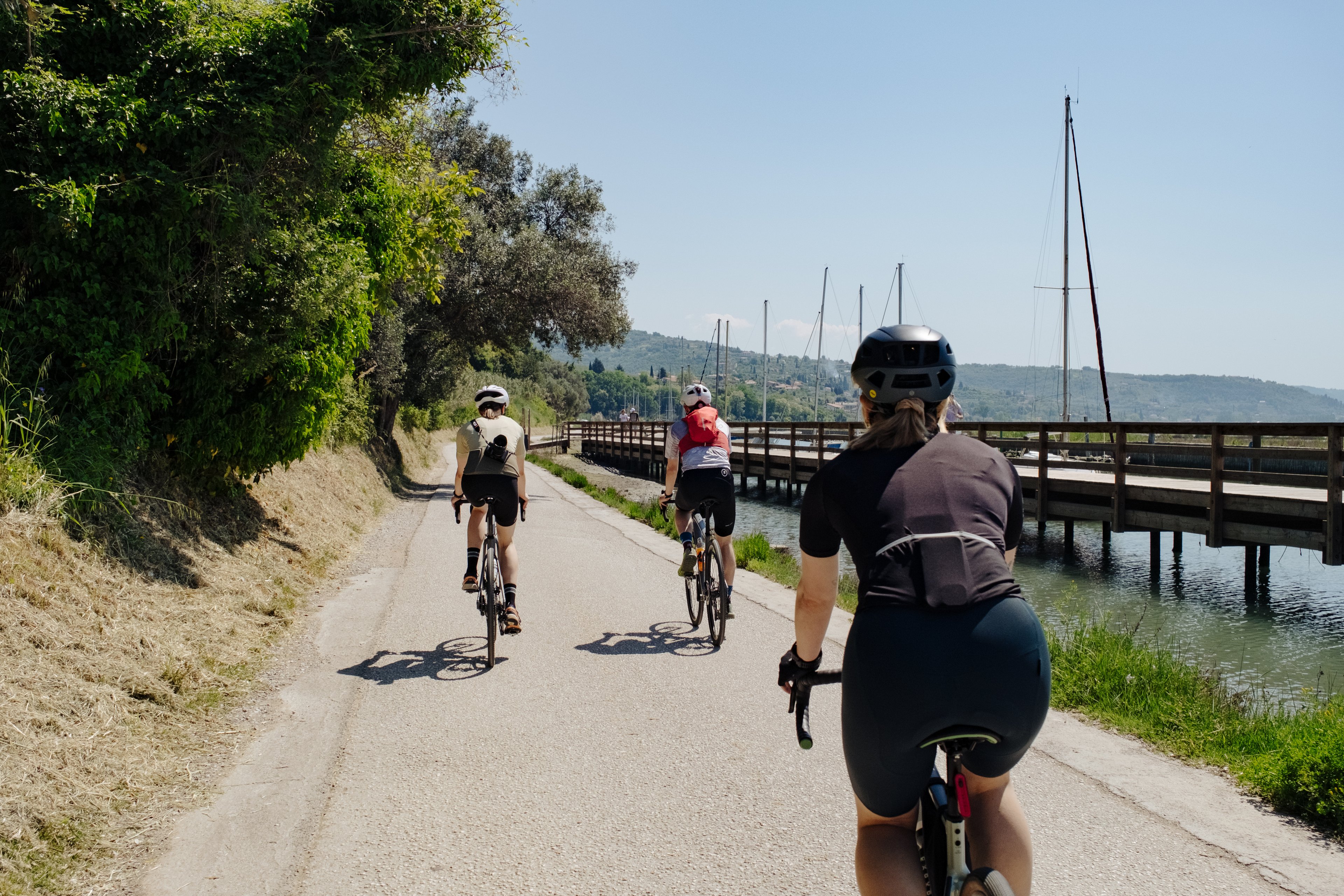
You really can’t go wrong if choosing your next cycling holiday in Croatia. Here’s a closer look at why you should cycle in Croatia.
When to Go?
Seasons matter when planning a cycling trip Croatia. The country stretches from the Adriatic coast to the Dinaric Alps, covering both Mediterranean and continental climate zones.
The coast and islands enjoy mild winters and hot, dry summers, while inland and mountain regions have cooler temperatures and occasional snow.
- Spring (Mar–May): Start of the cycling season, quiet roads, lush scenery
- Summer (Jun–Aug): Peak tourist season, best for coastal and island rides
- Autumn (Sep–Oct): Fewer crowds, great for long tours and mixed routes
- Winter (Nov–Feb): Off-season, limited services, colder and unpredictable weather
Want to dive deeper into weather patterns, regional differences, and what each month offers? Check out our full seasonal overview here.
If you're determined to ride in the winter, consider cycling in Spain or Portugal - Europe's top winter cycling destinations.
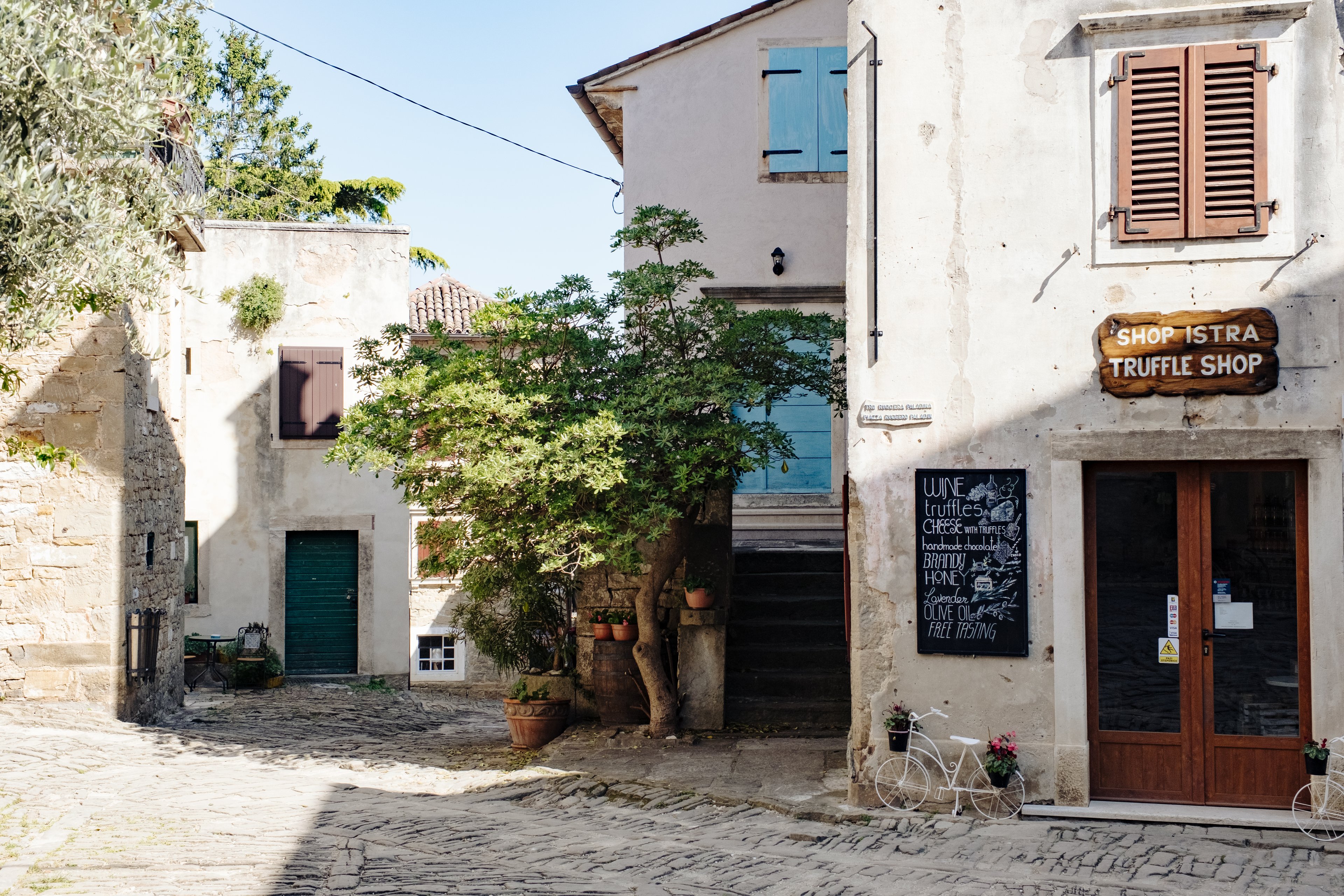
Best Cycling Routes Croatia
Croatia’s cycling scene is thriving — offering scenic coastal roads, mountain climbs, and island-hopping adventures that appeal to every rider.
Whether you’re exploring Istria bike routes, taking on EuroVelo Croatia, or cycling the Dalmatian coast, each region offers its own rhythm, landscapes, and local charm.
From relaxed leisure rides to challenging road cycling Croatia tours, there’s something for every style and season.
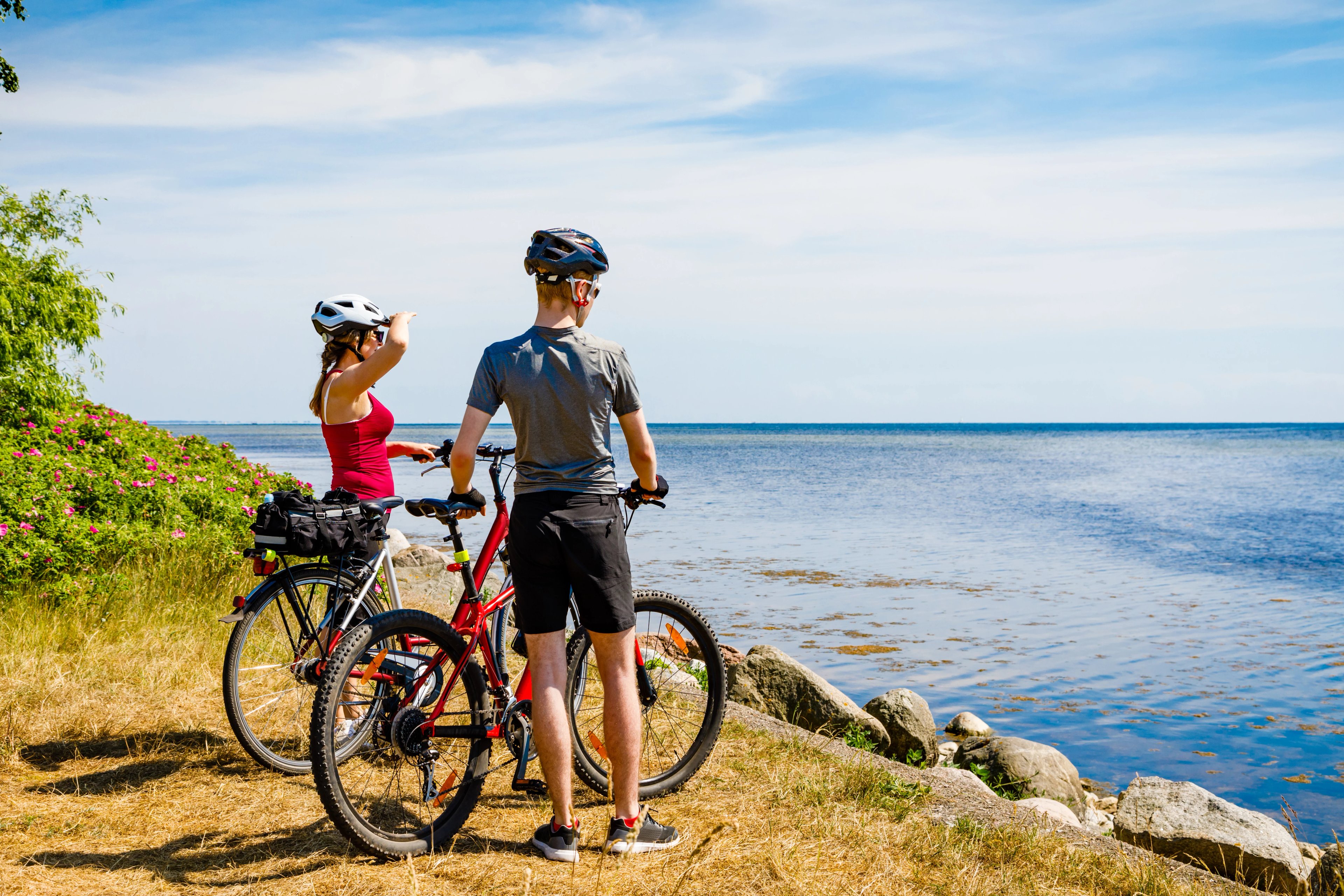
Which cycling route Croatia to choose?
1. Istria Bike Routes & Parenzana Trail
Often called Croatia’s Tuscany, Istria combines vineyard hills, olive groves, and Adriatic views. It’s a dream region for leisure cyclists, gravel enthusiasts, and fans of MTB Croatia.
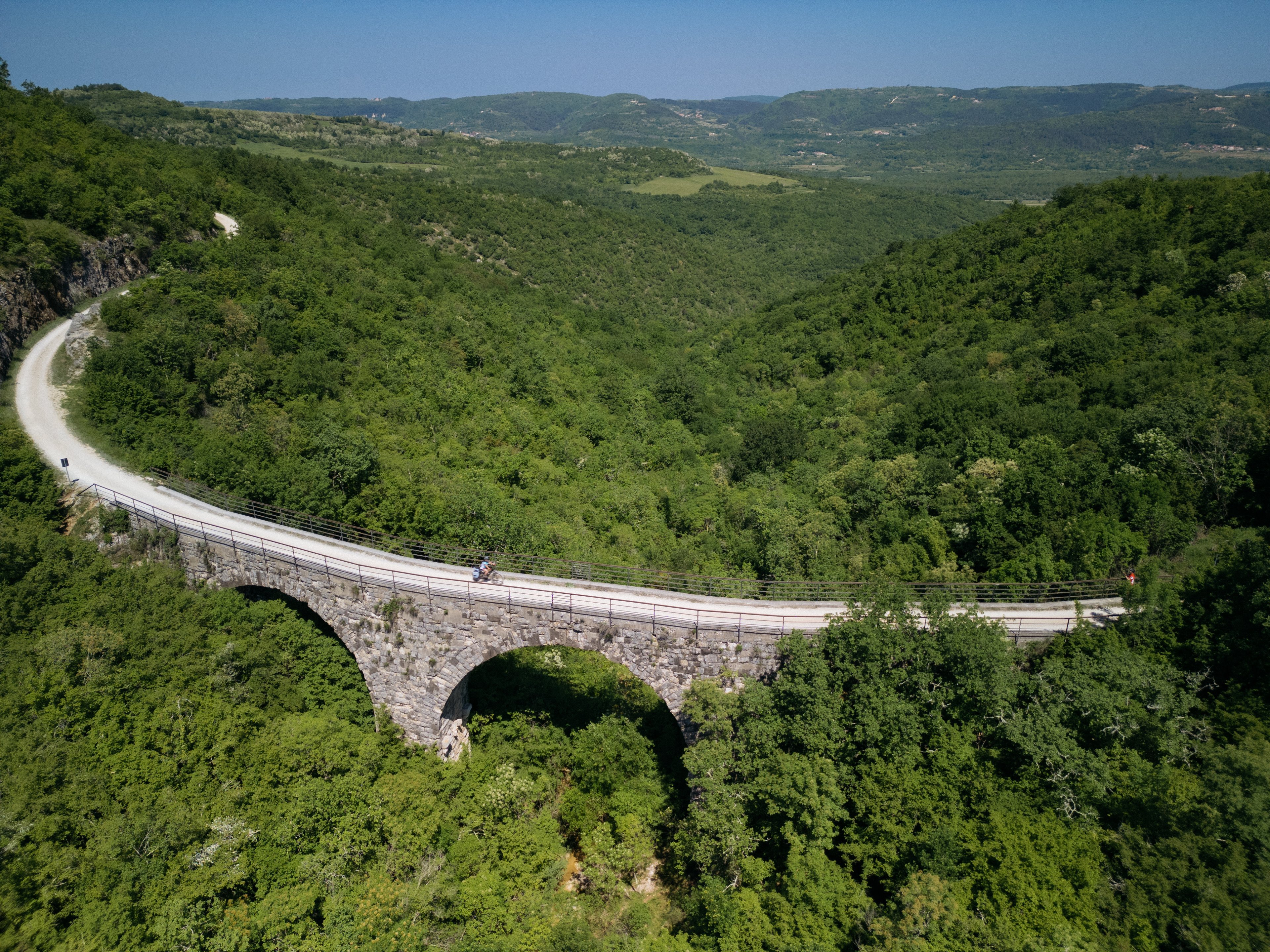
Highlights:
- Famous Parenzana bike route – a 123 km former railway from Trieste to Poreč
- Gentle gradients, tunnels, and viaducts through medieval towns like Grožnjan and Motovun
- Mix of asphalt, gravel, and packed trails
- Ideal for hybrid, gravel, and e-bikes
Spring and autumn bring mild temperatures and quiet roads — perfect also for cross-border rides linking Italy, Slovenia, and Croatia.
Want to know more? Check our guide to cycling the Parenzana rail trail.
We made cycling this iconic route easy, bringing together the Parenzana trail with the bet of Istria gems:
2. Dalmatia Coast
Stretching from Split to Dubrovnik, Dalmatia cycling routes deliver everything a road rider could want — smooth coastal tarmac, ferry-linked islands, and sea views at every turn.
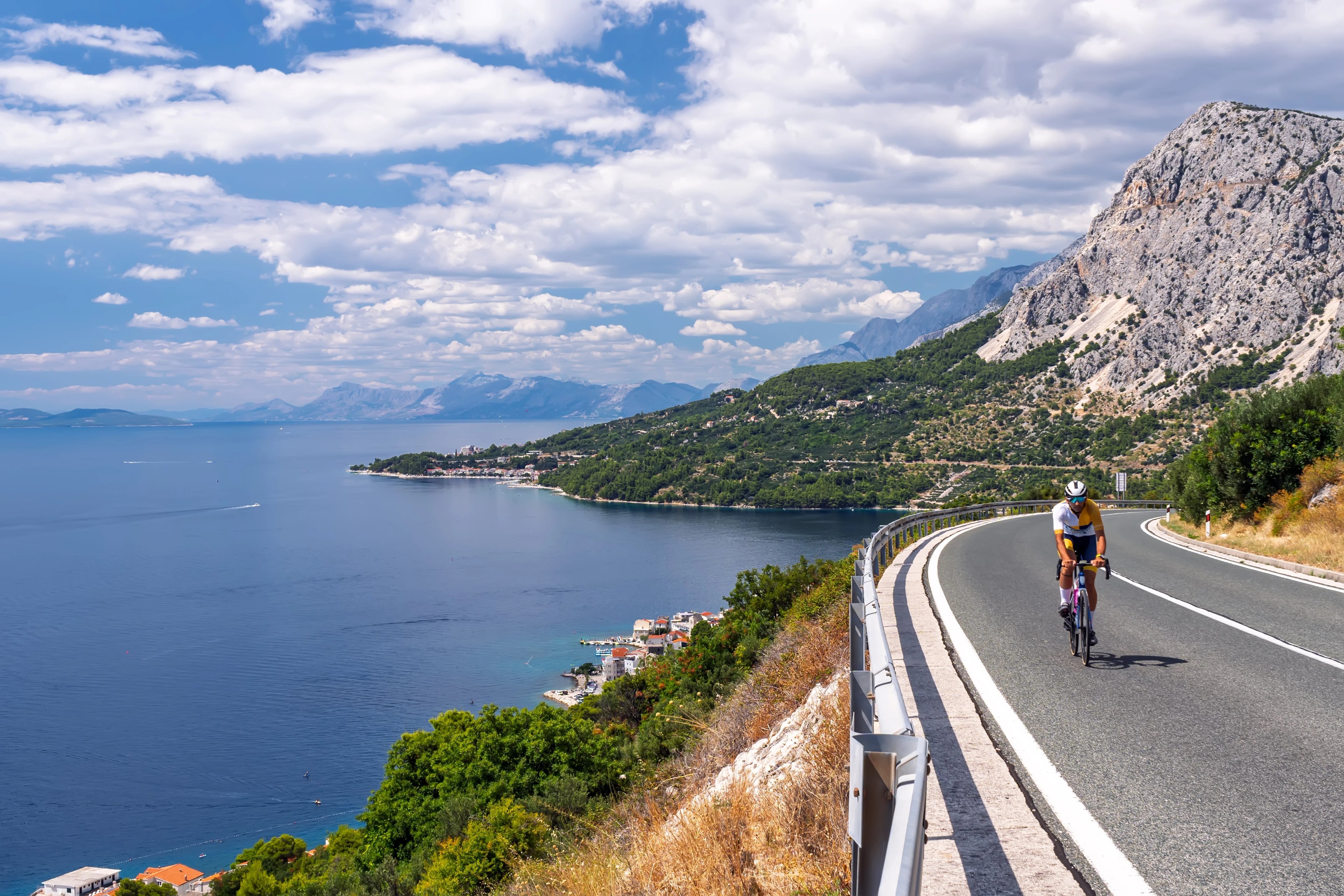
Highlights:
- Coastal roads overlooking the Adriatic
- Access to islands like Hvar, Brač, and Korčula
- UNESCO cities – Split, Šibenik, and Dubrovnik
- Great mix of flats, climbs, and cultural stops
Early summer and autumn are ideal for road cycling Croatia, with quieter traffic and perfect conditions for multi-day touring along the Dalmatian coast.
See the suggested itinerary for the Dalmatia cycling route:
3. Croatian Islands
With over 1,100 islands, Croatia is tailor-made for cycling and discovery. Each island offers its own personality — from pine-covered hills to moon-like karst landscapes.
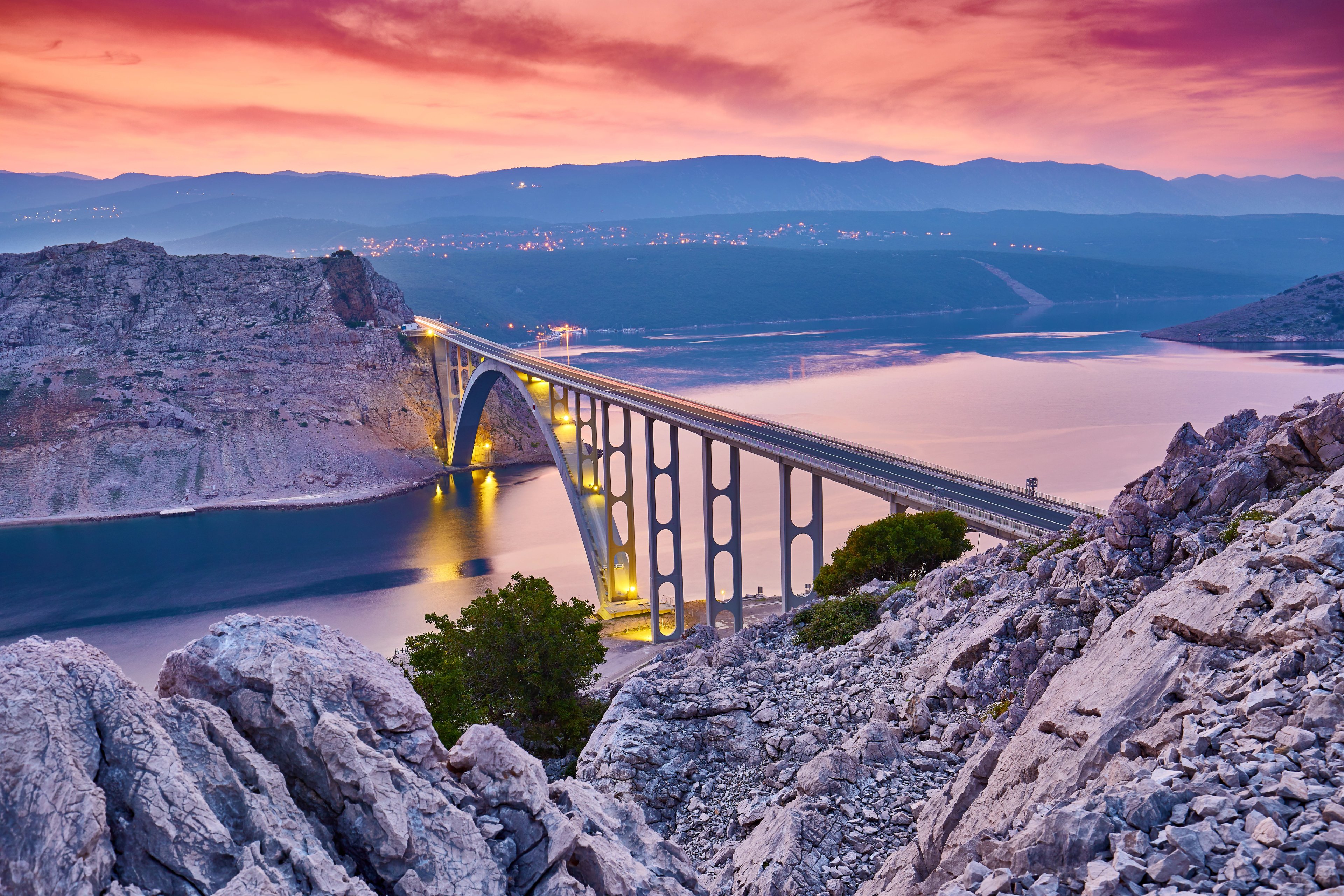
Highlights:
- Easy access via bridges and ferries
- Quiet roads with sweeping sea views
- Ideal for island-hopping tours from Split to Dubrovnik
- Great mix for road, trekking, or e-bike riders
For variety, the islands of Krk and Pag combine scenic roads with gravel paths — perfect for both road cyclists and those seeking a touch of MTB Croatia adventure.
See the suggested itinerary for the island-hopping cycling route:
4. EuroVelo Croatia – The Mediterranean Route
The EuroVelo 8 route follows over 1,100 km of Croatia’s Adriatic coastline — one of the most scenic stretches in Europe.
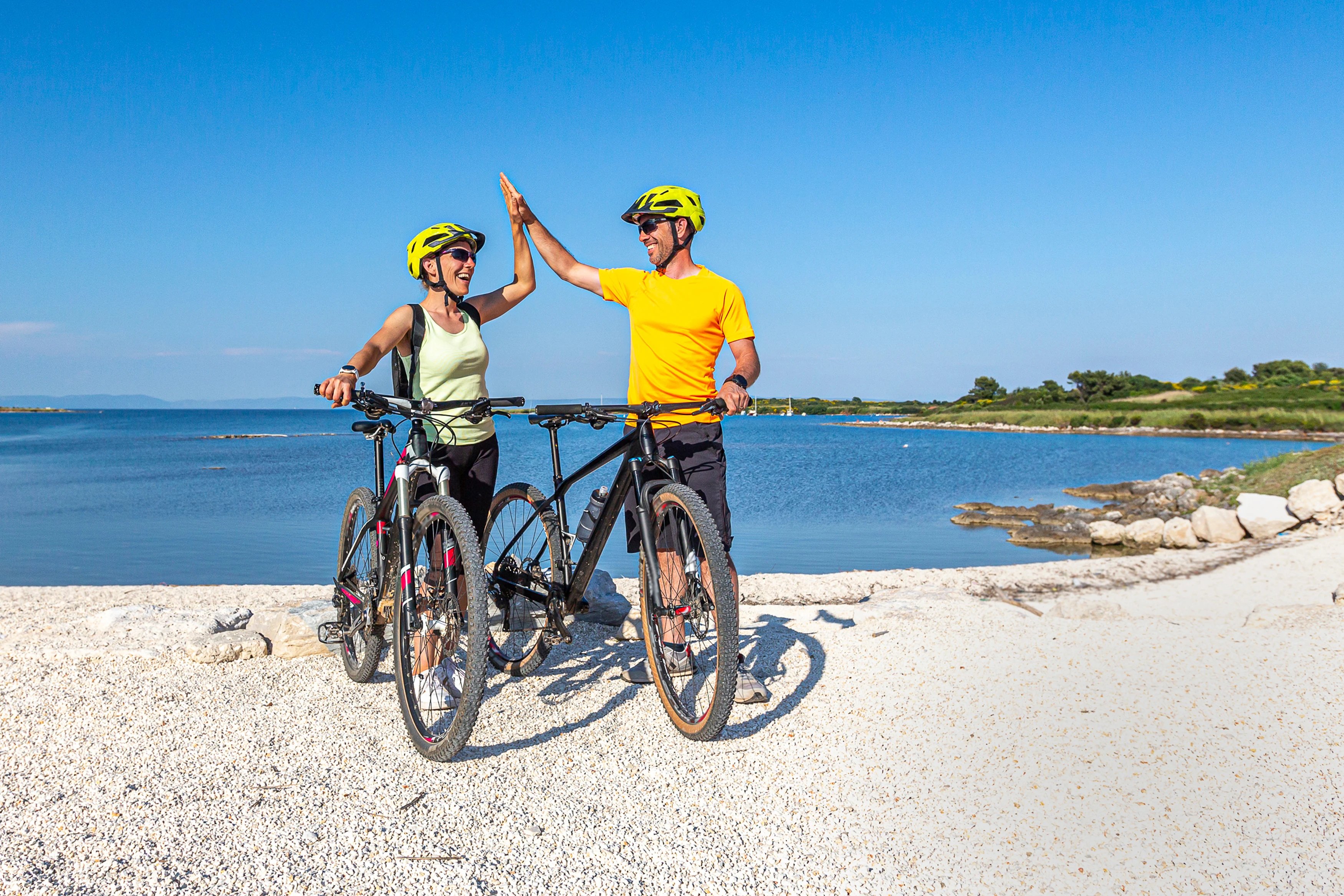
Highlights:
- Links Rijeka, Zadar, Split, and Dubrovnik
- Mix of paved roads and quiet rural detours
- Connects beaches, national parks, and heritage towns
- Supported by the EU MedCycleTour project
It’s ideal for endurance cyclists and touring riders seeking a long, continuous route that blends nature, culture, and coast.
See the itinerary for our extended variation of EuroVelo Croatia:
5. Multi-Country Cycling Adventures
Croatia’s location makes it easy to combine your ride with neighboring Slovenia and Italy. Start in Trieste, roll through Slovenia’s Istria, and continue south into Croatia — one seamless ride through changing cultures and landscapes.
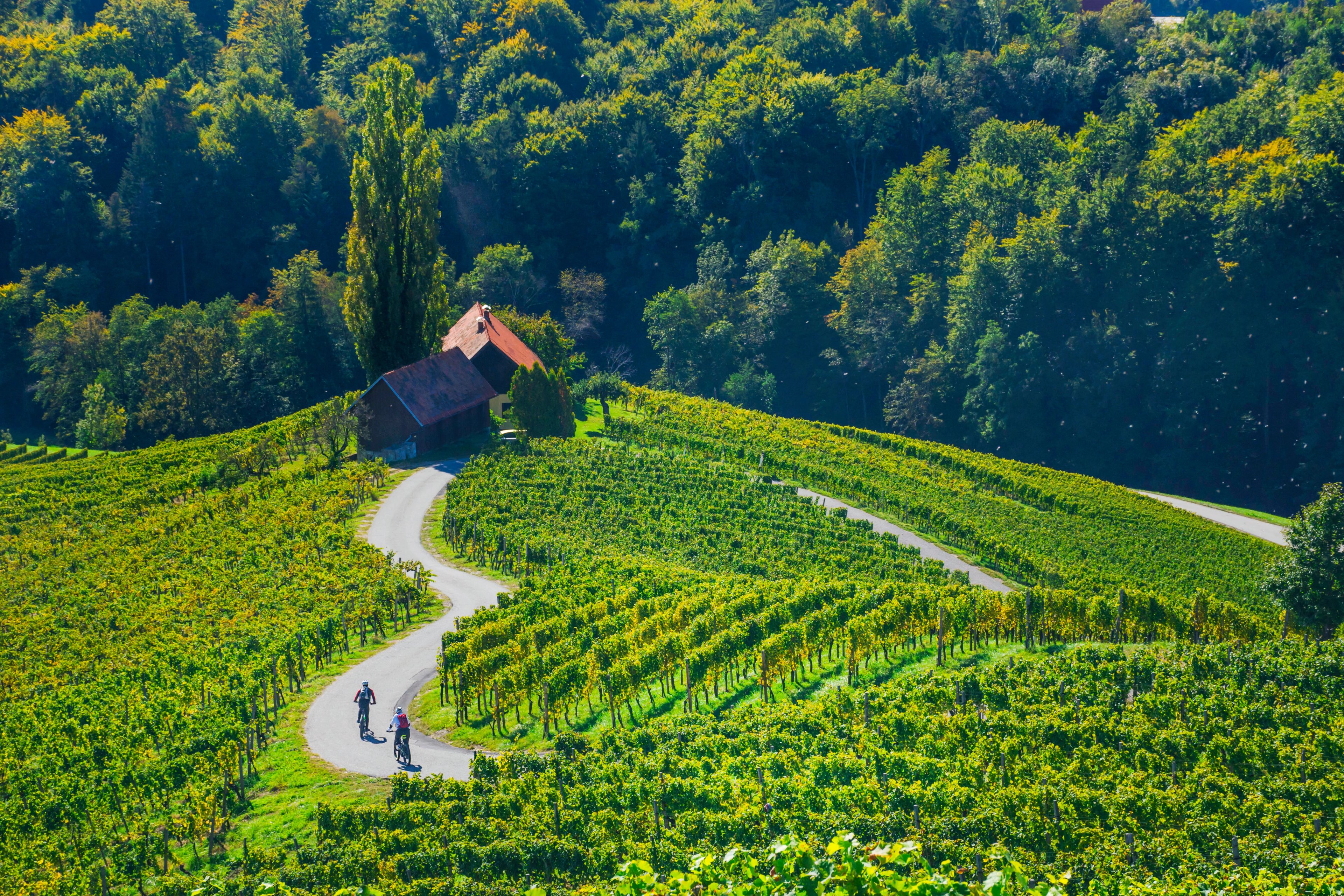
Highlights:
- Schengen-border-free travel
- Routes through vineyards, karst hills, and coastal towns
- Excellent roads and infrastructure throughout
- Suitable for road, touring, or e-bike riders
See the suggested itinerary for combining cycling in Croatia with nearby countries:
To get more information, visit our full guide to best cycling routes Croatia.
If you’re unsure which cycling routes Croatia fit your style or season, reach out and we’ll help you choose the perfect trip and take care of all logistics — from accommodations and luggage transfers to bike rentals and route maps.
Must-See Places in Croatia
A cycling trip Croatia isn’t just about the ride — it’s a journey through history, culture, and stunning natural beauty.
As you explore by bike, you’ll pass UNESCO sites, medieval towns, and breathtaking coastal views that make cycling in Croatia truly unforgettable.
Here are some of the top places you’ll encounter on our bike tours Croatia:

Dubrovnik Old Town
Encircled by monumental 16th-century walls, Dubrovnik’s Old Town is Croatia’s most famous UNESCO site and one of Europe’s best-preserved medieval cities. Founded in the 7th century, it flourished as the Republic of Ragusa, rivaling Venice in maritime trade. Highlights include the Rector’s Palace, Stradun Street, and Fort Lovrijenac rising above the Adriatic.
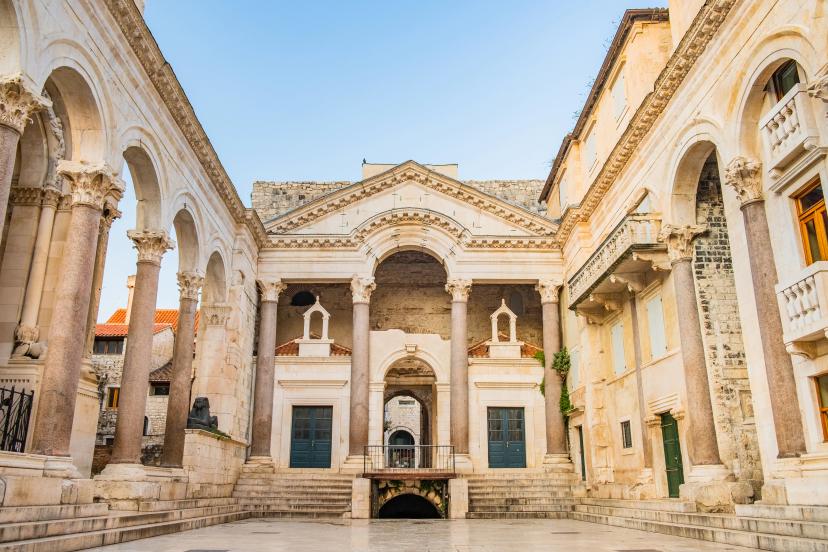
Diocletian’s Palace
Built around AD 305 for the Roman Emperor Diocletian, this UNESCO-listed palace forms the very heart of Split. Its walls, gates, and courtyards make up half of the old town, where locals still live and work among Roman columns and arches. Highlights include the Peristyle courtyard, the Temple of Jupiter, and the vast underground cellars—some of the best-preserved in the Roman world.
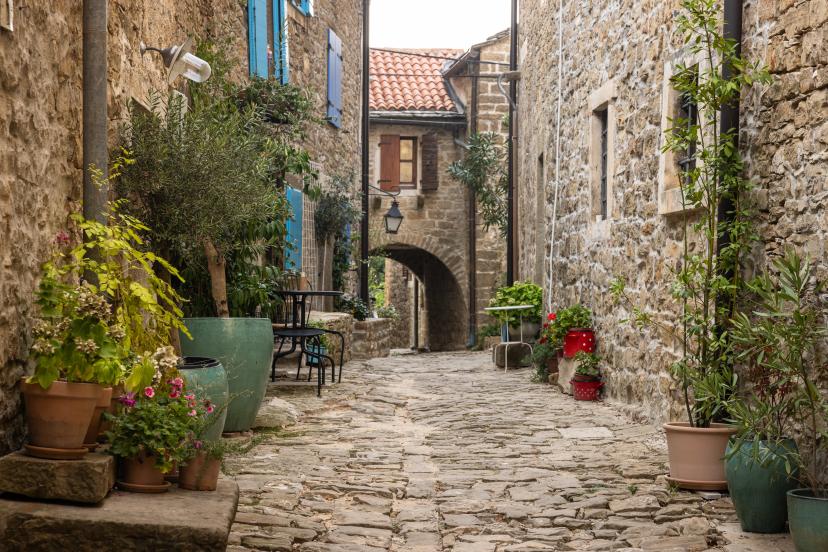
Grožnjan
Perched on a hilltop in Croatia’s Istrian peninsula, Grožnjan is renowned as the “town of artists.” Its medieval stone lanes are packed with more than twenty galleries and studios, and music festivals fill the narrow streets each summer. With panoramic views over vineyards and olive groves, Grožnjan blends history, art, and a relaxed Mediterranean charm that makes it a favorite stop for culture lovers and cyclists crossing the border from Slovenia.

Motovun
Just a short ride away, Motovun rises dramatically above the Mirna River valley and is famed for its intact medieval walls and sweeping views across central Istria. The town is at the heart of Croatia’s truffle region, offering everything from simple truffle tastings to fine dining. Its cobbled streets, Venetian architecture, and surrounding forests make Motovun both a culinary hotspot and one of the most atmospheric hill towns in the region.

Hvar Town
A glamorous harbor town on the island of Hvar, known for its Venetian-style architecture, marble squares, and lively cafés. The 16th-century Fortica (Španjola) overlooks the old port and the Pakleni Islands, while St. Stephen’s Cathedral anchors the main piazza—one of the largest in Dalmatia.
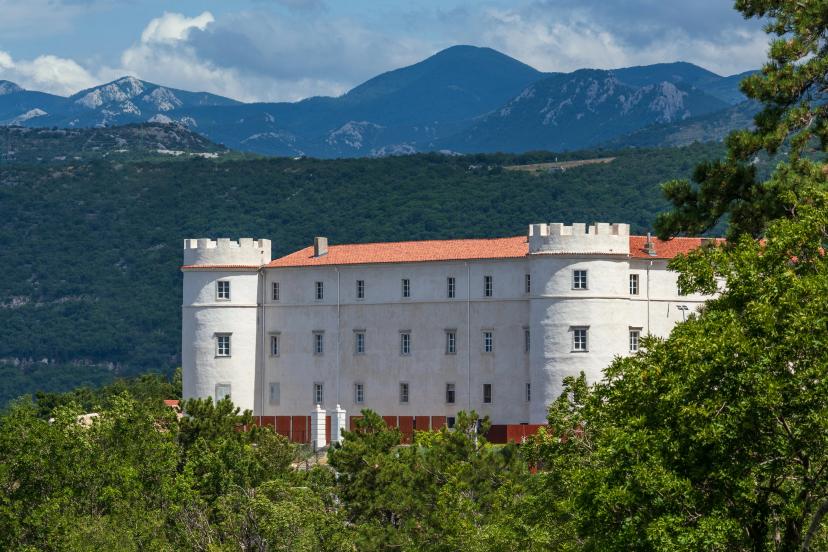
Castle Kraljevica
Built in the early 17th century, Frankopan Castle in Nova Kraljevica is one of the last grand residences of the noble Frankopan family, one of Croatia’s most influential medieval dynasties. The four-winged Renaissance fortress stands at the mouth of the Bay of Bakar, once guarding trade routes between the Adriatic and inland Croatia. It now serves as a cultural venue and museum celebrating the Frankopan legacy.
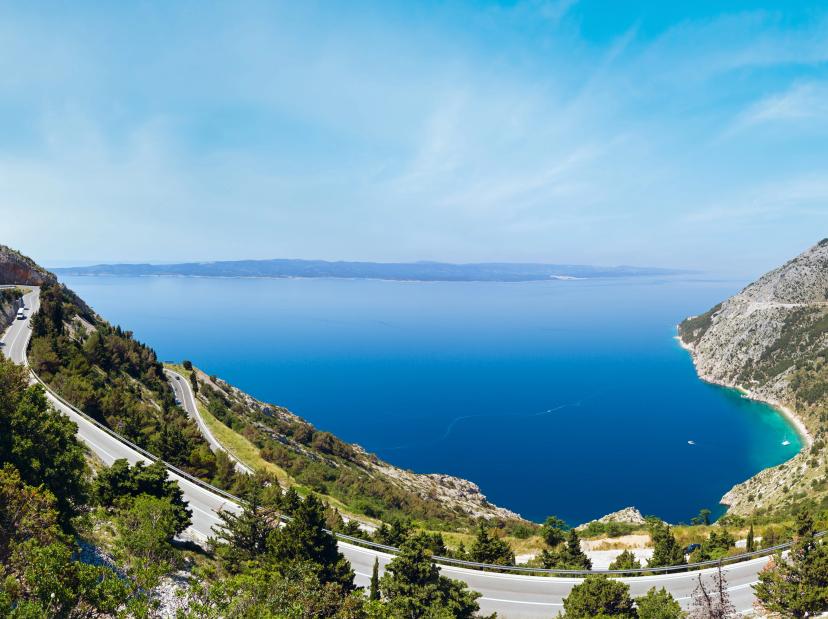
Jadranska Magistrala
The Adriatic Highway (E65) is one of Europe’s most scenic coastal roads, running more than 650 kilometers along Croatia’s Dalmatian coast. It links Rijeka to Dubrovnik, hugging cliffs above turquoise waters and offering uninterrupted sea views. Completed in the 1960s, it remains an engineering marvel and a beloved route for travelers seeking dramatic Adriatic scenery.
To see more of Croatia bucket-list places, continue to our full guide on must-see places in Croatia.
How Many Days for a Cycling Trip
One of the best things about cycling in Croatia is the flexibility — you can explore the coast, islands, and inland regions all within a week, or extend your adventure across borders.
- Classic tours (7 days): The most popular option — perfect balance of riding, sightseeing, and relaxation.
- Extended adventures (10–15 days): For those who wish a wider-border journey through the wider Adriatic region, you can extend your cycling holiday to Italy or Slovenia for one epic ride.
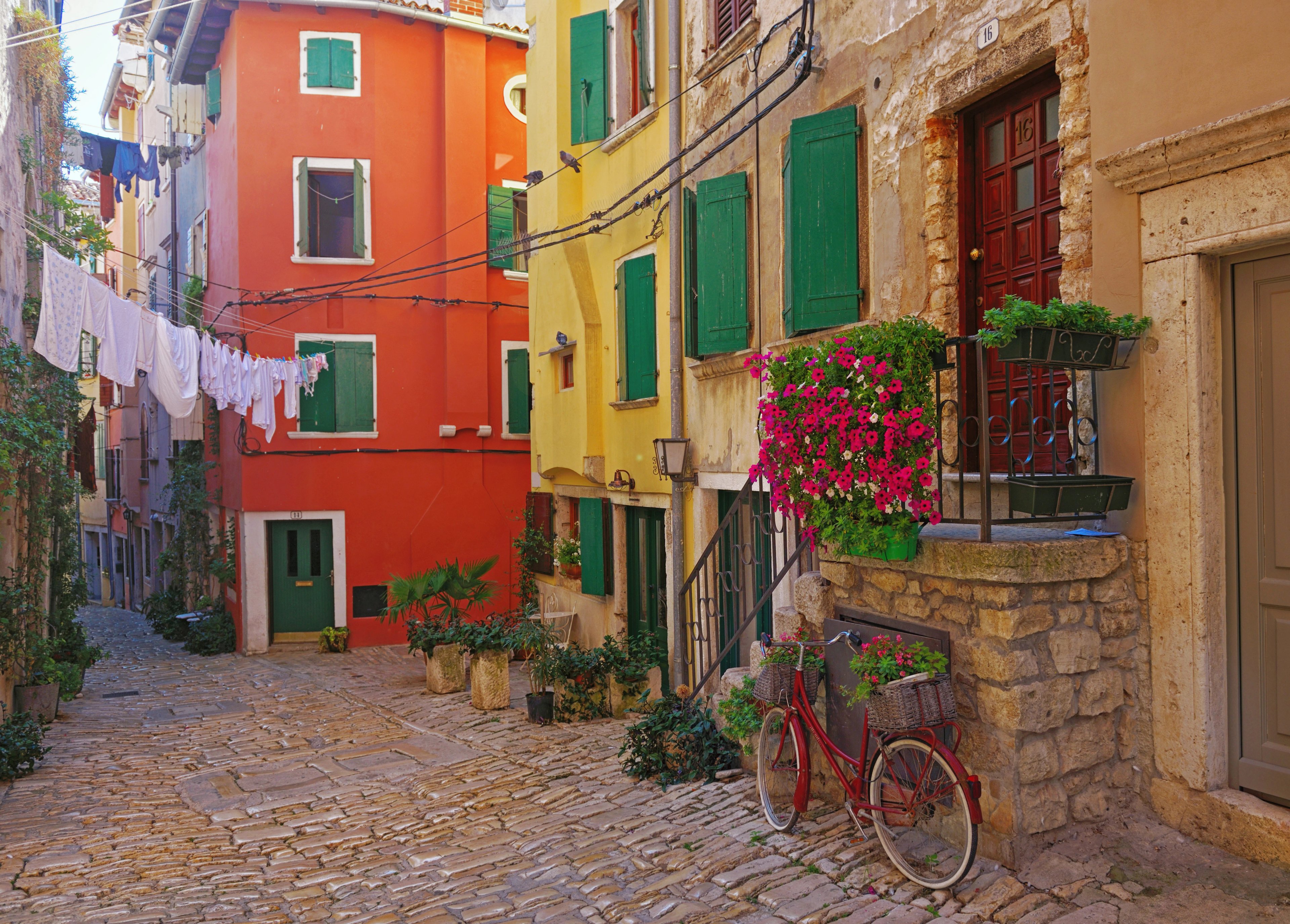
And just food-for-thought: If you’re seeking to make your trip to Croatia one of a kind, our cyclist often extend the trip to enjoy some quiet time on the Adriatic. And there’s no better way to do it than chartering your own private gulet: unique experience, private island-hopping, all inclusive, and the best part: most affordable in the Adriatic!
Types of Biking in Croatia
With its mix of coastline, islands, and mountain landscapes, cycling in Croatia is a paradise for cyclists of all levels. Whether you’re planning a weekend getaway or a longer cycling trip Croatia, you’ll find routes that perfectly fit your style and pace.
Trekking & E-Bike Adventures
You can enjoy all cycling routes in Croatia on a trekking bike or e-bike — these two options combine comfort, flexibility, and the freedom to explore at your own pace.
They let you skip the main roads, avoid traffic, and follow scenic side routes, gravel paths, and quiet country lanes that bring you closer to local life.
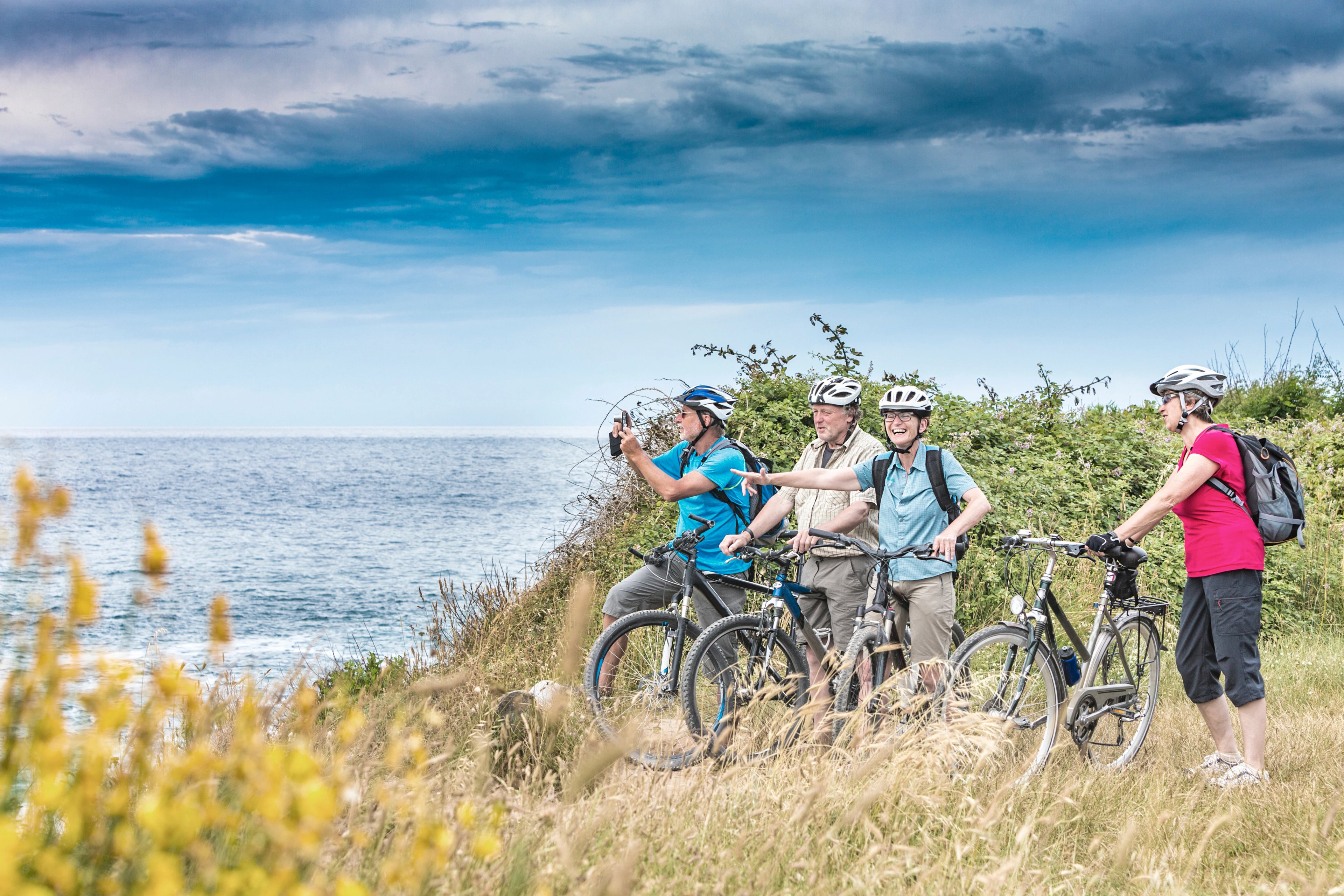
Perfect for leisure riders, couples, and anyone who wants to experience Croatia without rushing, these bikes make it easy to enjoy the landscapes, history, and food along the way.
Istria is particularly ideal for trekking and e-bike Croatia tours. Its rolling hills, olive groves, and medieval towns offer countless routes that are both accessible and rewarding — from relaxed coastal trails to countryside rides through vineyards and truffle forests (MTB Croatia).
Road Cycling Croatia
Road cycling Croatia is world-class — smooth tarmac, light traffic, and routes that shift from the sea to the mountains in a single day. The diversity makes it ideal for both endurance cyclists and leisure riders looking for scenic coastal rides.
Professional cyclists and teams now train here regularly, drawn by the mild climate and excellent roads. Want to really challenge yourself? We’ve got something perfect for you:
Mountain Biking (MTB Croatia)
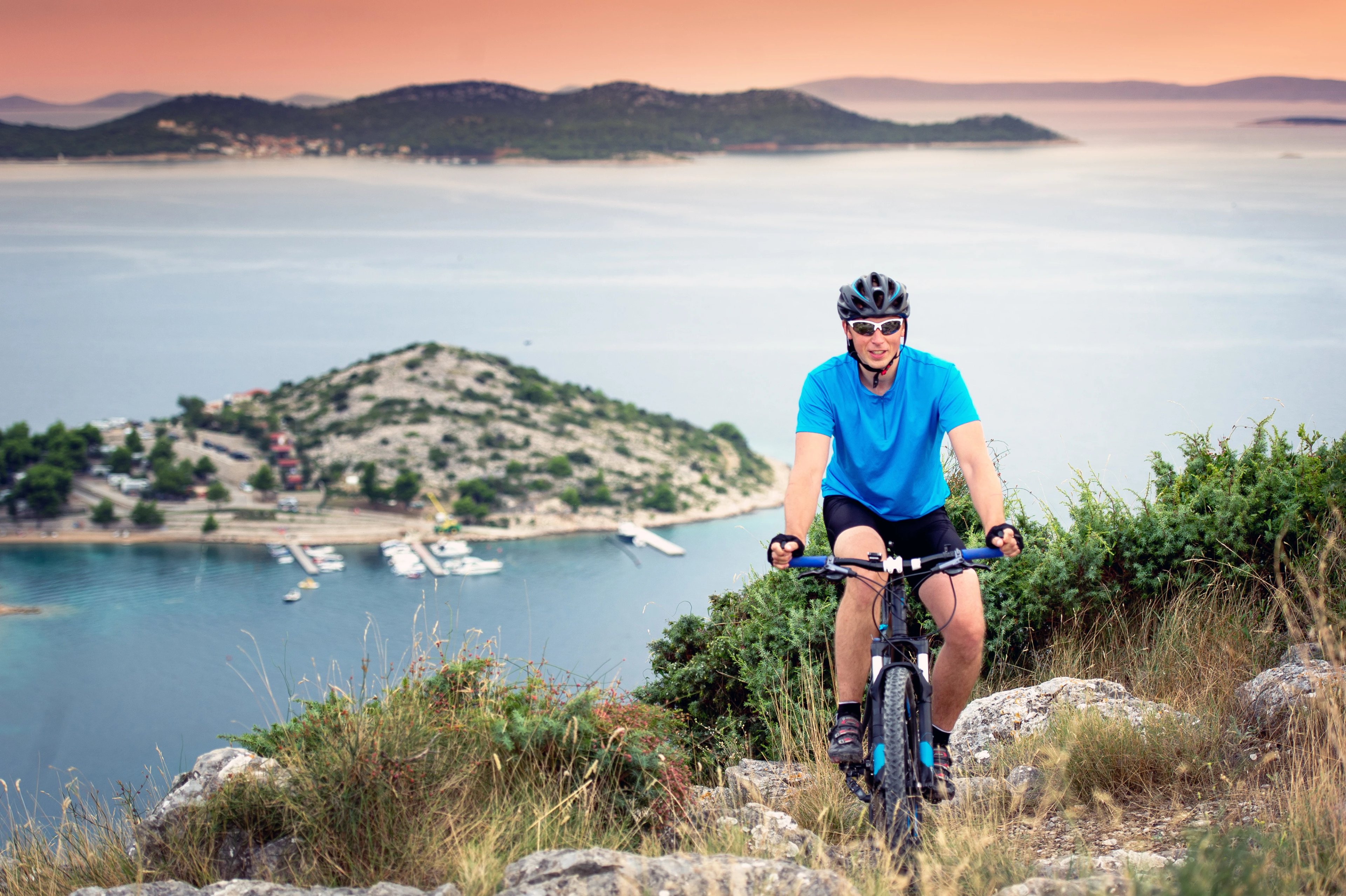
If you prefer dirt trails and rugged landscapes, MTB Croatia is for you. The country’s terrain ranges from forest paths and gravel roads to rocky singletracks with sea views.
Whether you’re after a technical challenge or remote natural scenery, MTB Croatia delivers both in abundance.
Get the best thrills on these island tours:
Our Bikes
We want your cycling holiday in Croatia to be as comfortable and enjoyable as possible. That’s why we offer a fleet of high-quality bikes suited to different terrains — from trekking and e-bikes to road and gravel models.
Each rental includes:
✔ Delivery to and from your tour start and end point
✔ Helmet for safety
✔ Handlebar-mounted phone holder
✔ Basic tool kit for minor adjustments
Our bike selection includes:

Muesing Crozzroad Lite
Or similar
Type: Gravel Bike
Best for: Touring, everyday gravel riding, and mixed-surface adventures
The Muesing Crozzroad Lite is an aluminium gravel bike, built for reliable performance and comfort on varied terrain. It features a carbon fork for improved shock absorption and a 2x11 drivetrain. The bike provides grip and efficiency on both paved and unpaved roads. A rear rack comes as standard and can be removed if not needed, making this bike equally suited for light touring or day rides.
Muesing Road Bike
Or similar
Type: Road Bike
Best for: Long-distance road rides, touring, and training
These aluminium road bikes are designed for comfort and endurance on paved roads. An adjustable stem and various saddle options ensure a tailored riding position, while a carbon fork reduces road vibrations for a smoother ride. Outfitted with reliable Shimano 105 components, these bikes deliver consistent performance and durability, perfect for full-day rides, sportives, or relaxed touring.
Muesing Hybrid Touring Bike
Or similar
Type: Trekking Bike
Best for: Everyday cycling, relaxed touring, and longer leisure rides
These custom-designed hybrid touring bikes blend comfort and performance for versatile use. Featuring a lightweight aluminium frame, adjustable stem, and multiple saddle options, they offer a personalized and upright riding position. The wheels with slick tires ensure efficient rolling, giving the feel of a road bike while preserving the comfort and stability needed for touring and casual cruising.

BMC Fourstroke AMP LT THREE
Or similar
Type: E-Mountain Bike
Best for: Trail riding, technical terrain, and all-day e-MTB adventures
This premium full-suspension e-mountain bike is designed for top-tier performance across all terrains. Built with a lightweight carbon frame and progressive geometry, it ensures confident handling on both climbs and descents. It offers smooth pedal assistance while keeping total weight to just 16.90 kg, and delivers power, control, and agility for serious trail riders.
What to Pack
Packing for a cycling trip Croatia is simple — just focus on comfort, versatility, and weather-appropriate gear.
When you travel with us, you’ll receive a digital guidebook with a personalized checklist tailored to your specific tour, the region you’re exploring, and the time of year.

Essentials You Shouldn’t Forget
- Passport: valid for at least 3 months beyond your return date
- Cycling clothes: jerseys, padded shorts, gloves, arm/leg warmers, and a lightweight rain jacket (coastal weather can change quickly)
- Casual outfit: comfortable for dinners, sightseeing, or evening strolls in old towns
- Swimwear: for the Adriatic Sea, hotel pools, or thermal spas
- Walking shoes or sandals: great for exploring coastal towns or islands off the bike
- Helmet: included in our rentals, but you’re welcome to bring your own
- Phone, charger, and EU plug adapter (Type C or F)
- Power bank: useful on long rides or island routes
- Sunglasses and sunscreen: the Mediterranean sun can be strong, even in spring and autumn
- Reusable water bottle: Croatian tap water is clean and safe to drink
- Credit/debit cards and a small amount of cash in euros or kuna
- Local SIM card or eSIM: available at airports, convenience stores, and gas stations
With these basics, you’ll be fully ready to enjoy cycling in Croatia — whether you’re exploring the Istrian hills, Dalmatian coast, or the islands of the Adriatic.
Cycling Rules & Road Etiquette in Croatia
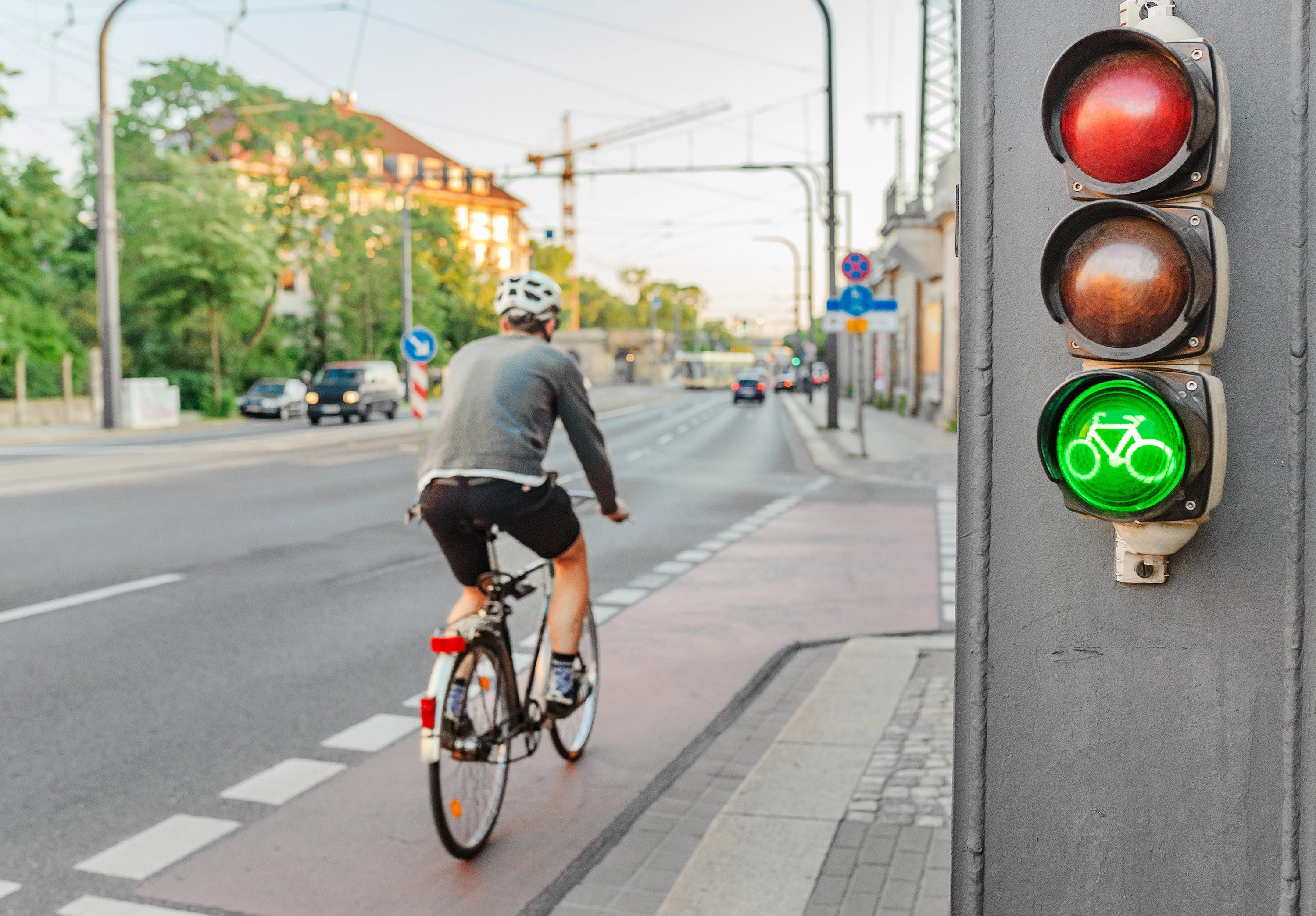
When planning your cycling in Croatia adventure, knowing the traffic rules, safety regulations, and local etiquette is key to staying safe, legal, and respectful. Here’s a complete guide.
1. Legal Requirements & Safety Rules
- Right-hand traffic & obeying general road laws
- Croatia drives on the right. Cyclists must follow the same traffic rules as motor vehicles — traffic signs, signals, priority rules, etc.
- Cyclists must use bike lanes or paths if they exist; otherwise ride as far right on the road as is safe.
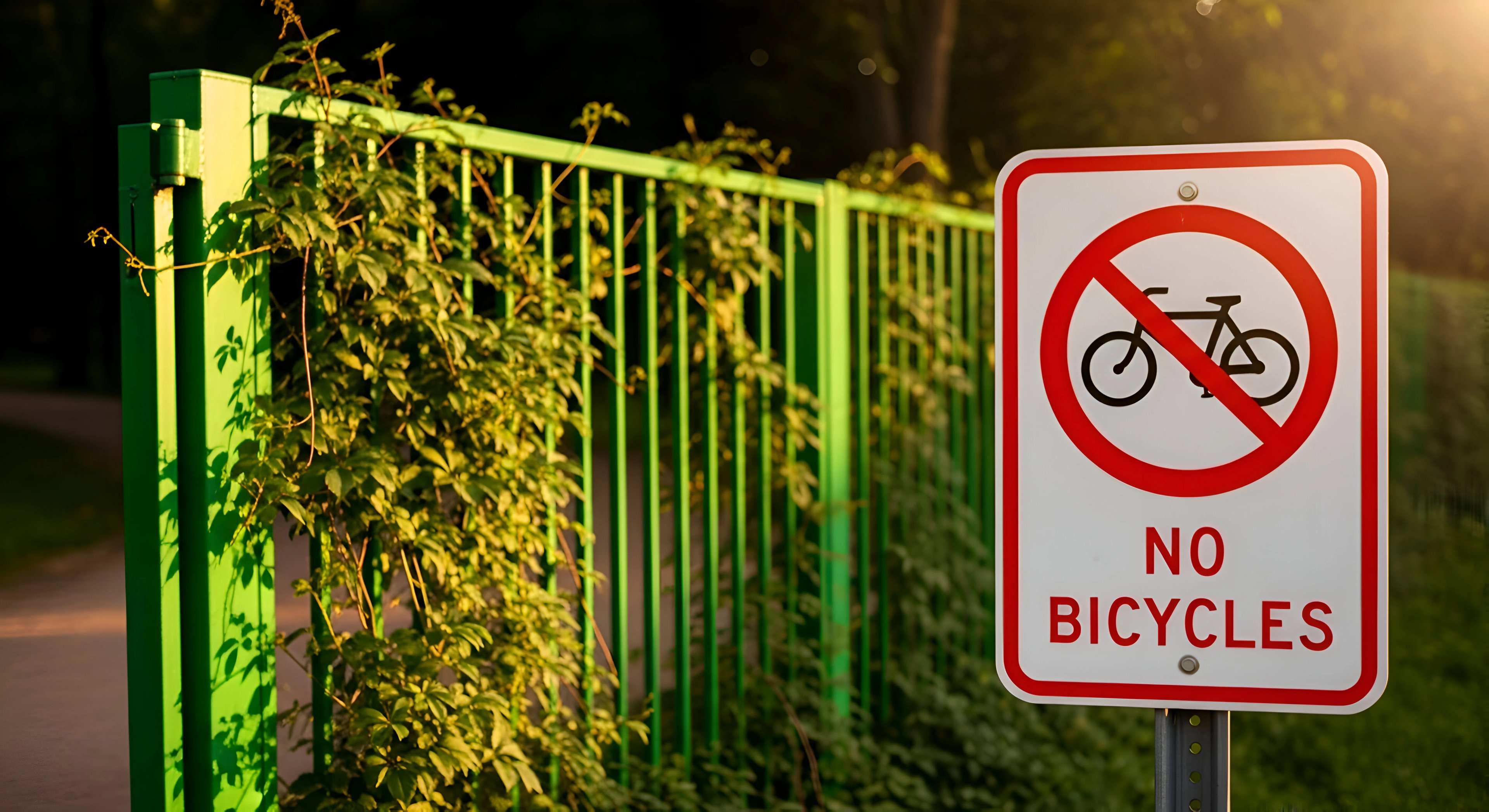
Helmet use
- For cyclists under 16, wearing a helmet on roads is mandatory.
- For those over 16, a helmet is strongly recommended and considered best practice.
Visibility & reflective gear
- In low light or reduced visibility, cyclists must wear reflective vests or other highly visible clothing.
- Bicycles are required to have lights: one white front light (mounted between 40 and 120 cm above ground) and one red rear light (or reflective device).
- Reflectors: pedal reflectors (yellow/orange), side-wheel reflectors, and rear reflectors are also legally required.
Age, minimum riding rules & restrictions
- Children as young as 9 may ride on roads if they’ve passed a school cycling course; otherwise 14 is minimum age without prior education.
- Cyclists may not ride while holding objects that impede control, or ride more than two abreast unless the road is wide enough.
- Use of headphones in both ears while cycling is prohibited.
Reflective vests & night rules
- The amended Road Safety Act (2023) clarifies that during night or low visibility all cyclists must wear reflective vests or gear.
- Cyclists who fail to wear reflective gear under those conditions may be fined.
2. Equipment & Bicycle Requirements
- Lights: Must be switched on during darkness or low visibility; white in front, red in rear.
- Reflectors: On pedals, wheels, and rear as needed.
- Proper mounting height: Front light between 40–120 cm above ground; rear between 25–90 cm.
- Brakes, bell, etc.: Your bicycle must be properly maintained with effective brakes and a bell or audible warning.
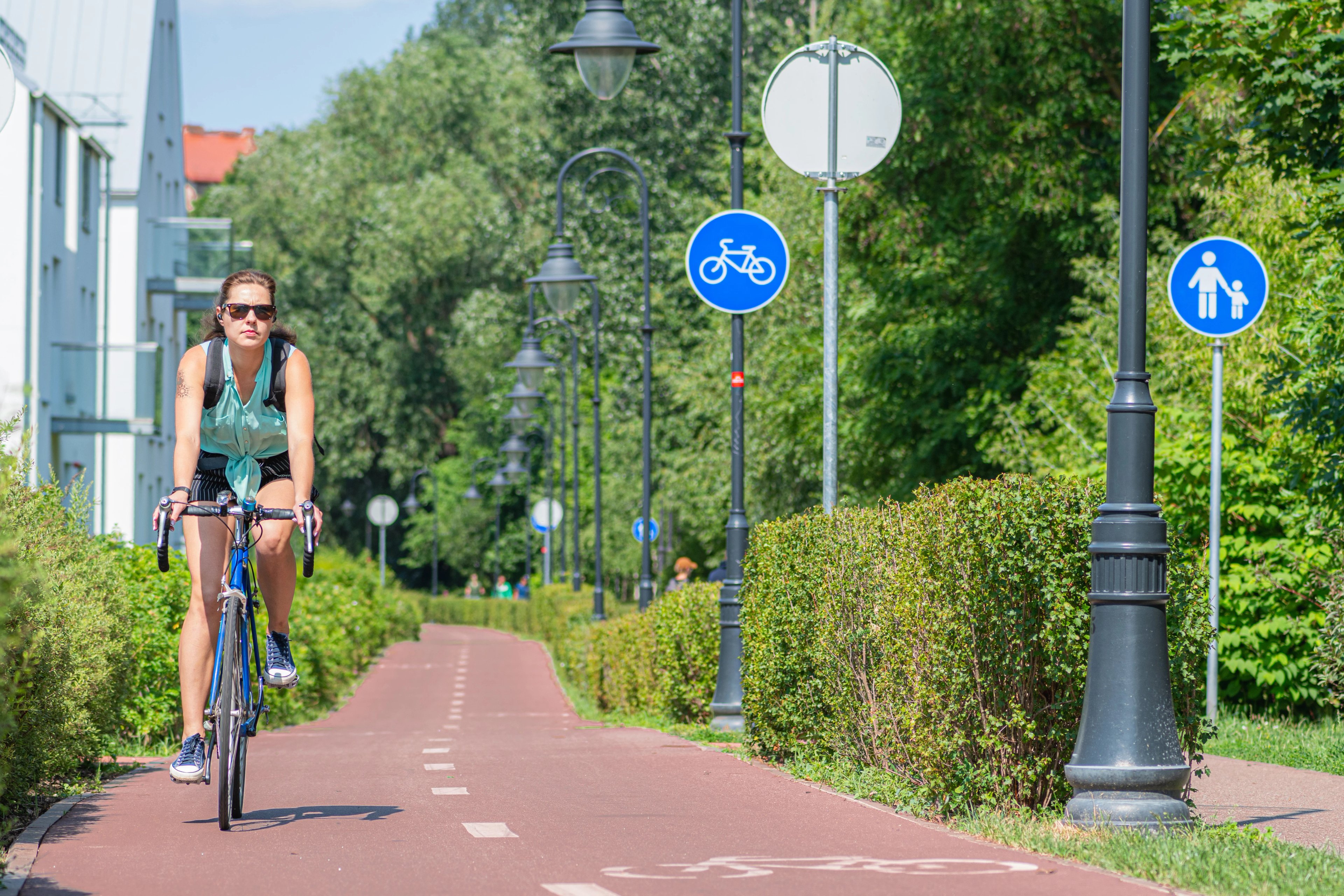
3. Fine & Legal Penalties
- Violations of cycling rules may lead to fines, even for visitors. Some examples:
- Not wearing reflective gear or a helmet (in required circumstances) may incur fines.
- Ignoring traffic signs or lights may lead to penalties or being stopped by police.
- Misusing lanes or riding against traffic may also be penalized.
4. Local Etiquette & Practical Tips
- Be visible, ride confidently: Croatian drivers can be fast and assertive, especially near towns. Make yourself visible (bright clothing, lights), take a confident lane position, and avoid being squeezed off the road.
- Brake lever orientation: If you’re used to a non-European brake layout (e.g. front brake on right), double-check your bike before riding — a wrong brake grab can lead to accidents.
- Dogs & rural roads: On some rural paths, semi-wild or guard dogs may appear. If encountered, dismount, put your bike between you and the dog, and walk past calmly.
- Respect park & protected area rules: Many national parks or protected zones restrict cycling to designated routes. Don’t shortcut trails or enter prohibited zones.
- Use hand signals & be predictable: Signal turns, stops, and lane changes early. Avoid sudden moves.
- Avoid using sidewalks or pedestrian paths: Unless signage explicitly allows it, stay off sidewalks in urban areas.
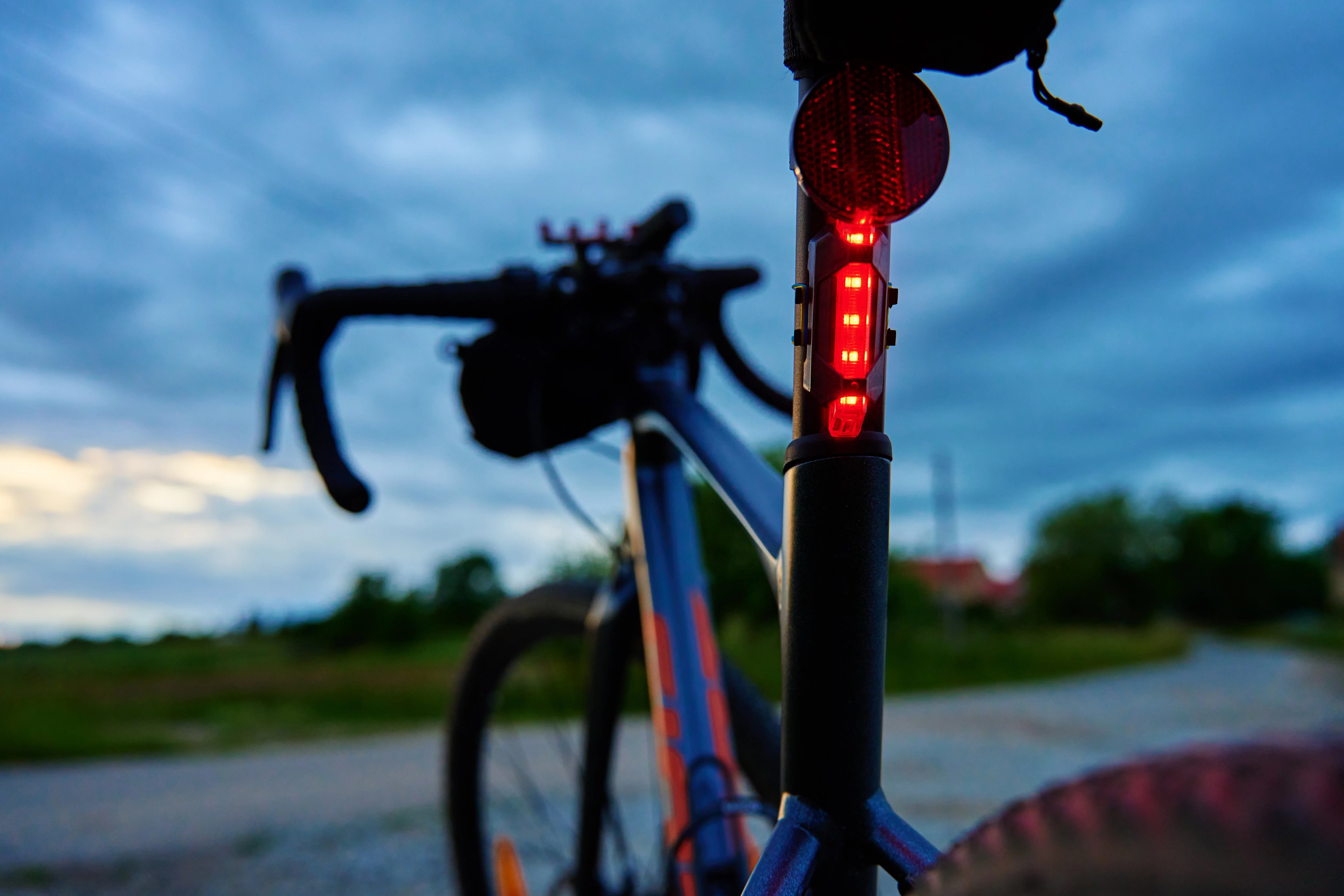
Travel Documents and Logistics
Visa & Entry Requirements
Since January 2023, Croatia has been part of the Schengen Area, which means travelers from other Schengen or EU countries can enter freely using just a national ID or passport.
Citizens of visa-exempt countries such as the UK, USA, Canada, Australia, and most European nations can stay in Croatia and the Schengen zone for up to 90 days within a 180-day period.
If your nationality requires a visa, you’ll need to apply for a Schengen Type C visa, valid across all Schengen states. Applications are processed through Croatian embassies, consulates, or authorized visa centers like VFS Global.
Always ensure your passport is valid for at least three months beyond your planned departure date, and carry both your passport and a photocopy during your travels.
Currency & Payments
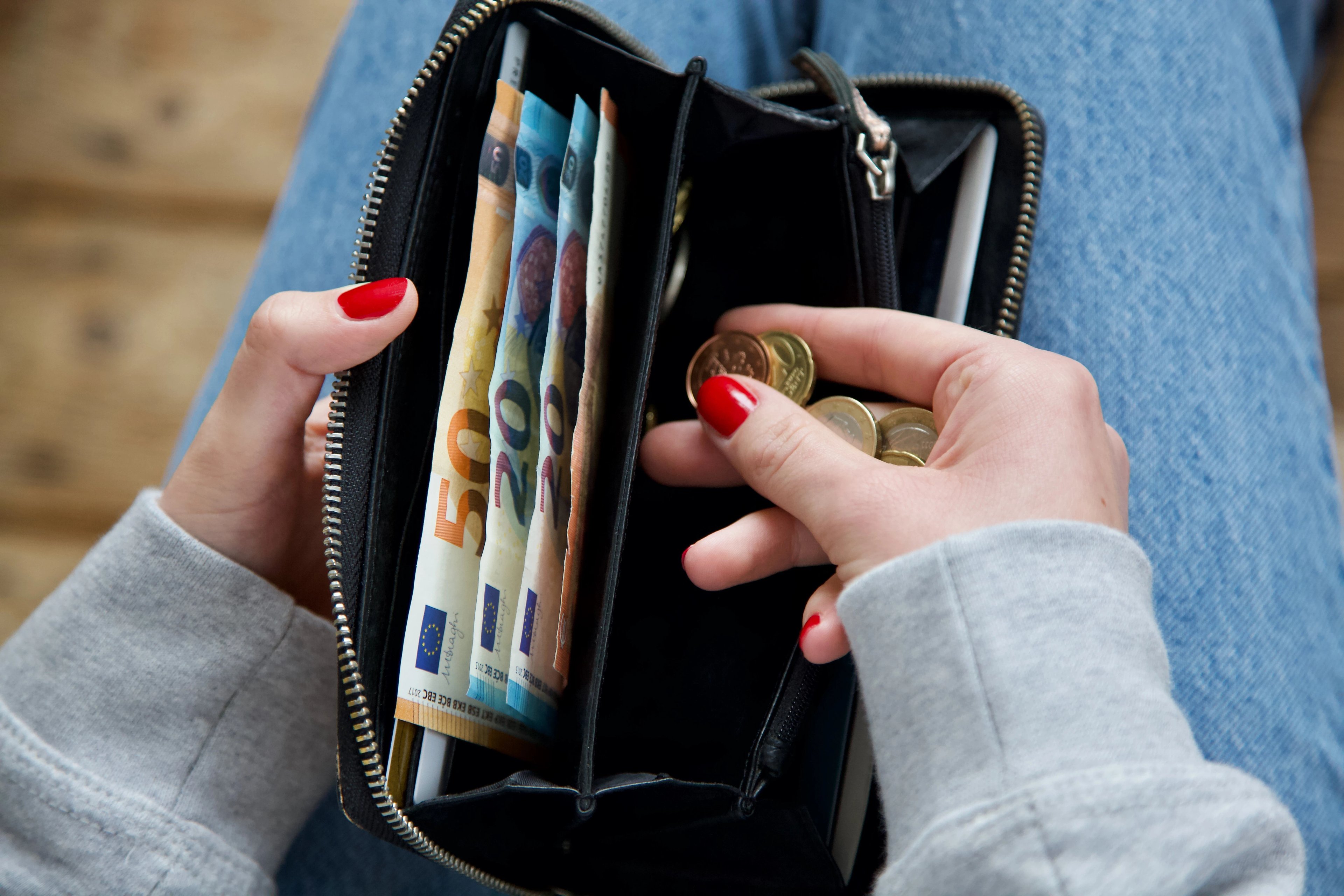
- Croatia adopted the euro (EUR) as its official currency in 2023.
- Credit and debit cards are widely accepted in cities, hotels, and restaurants, but in smaller villages, island towns, or local markets, it’s wise to keep some cash on hand.
- ATMs (bankomats) are readily available throughout the country, though less frequent in remote areas. Contactless payments and digital wallets such as Apple Pay and Google Pay are also commonly used.
Getting to Croatia

Croatia is easily accessible by air from across Europe and beyond. Major international airports include:
- Zagreb (ZAG) – the main hub, ideal for inland and cross-country routes
- Split (SPU) – gateway to Dalmatia and the southern coast
- Dubrovnik (DBV) – perfect for southern coastal tours and island extensions
- Zadar (ZAD) – convenient for mid-Dalmatia or island-hopping itineraries
- Pula (PUY) – the best entry point for Istria and northern coastal rides
- Rijeka (RJK) – located on Krk Island, excellent for northern Adriatic routes
Traveling Around the Country
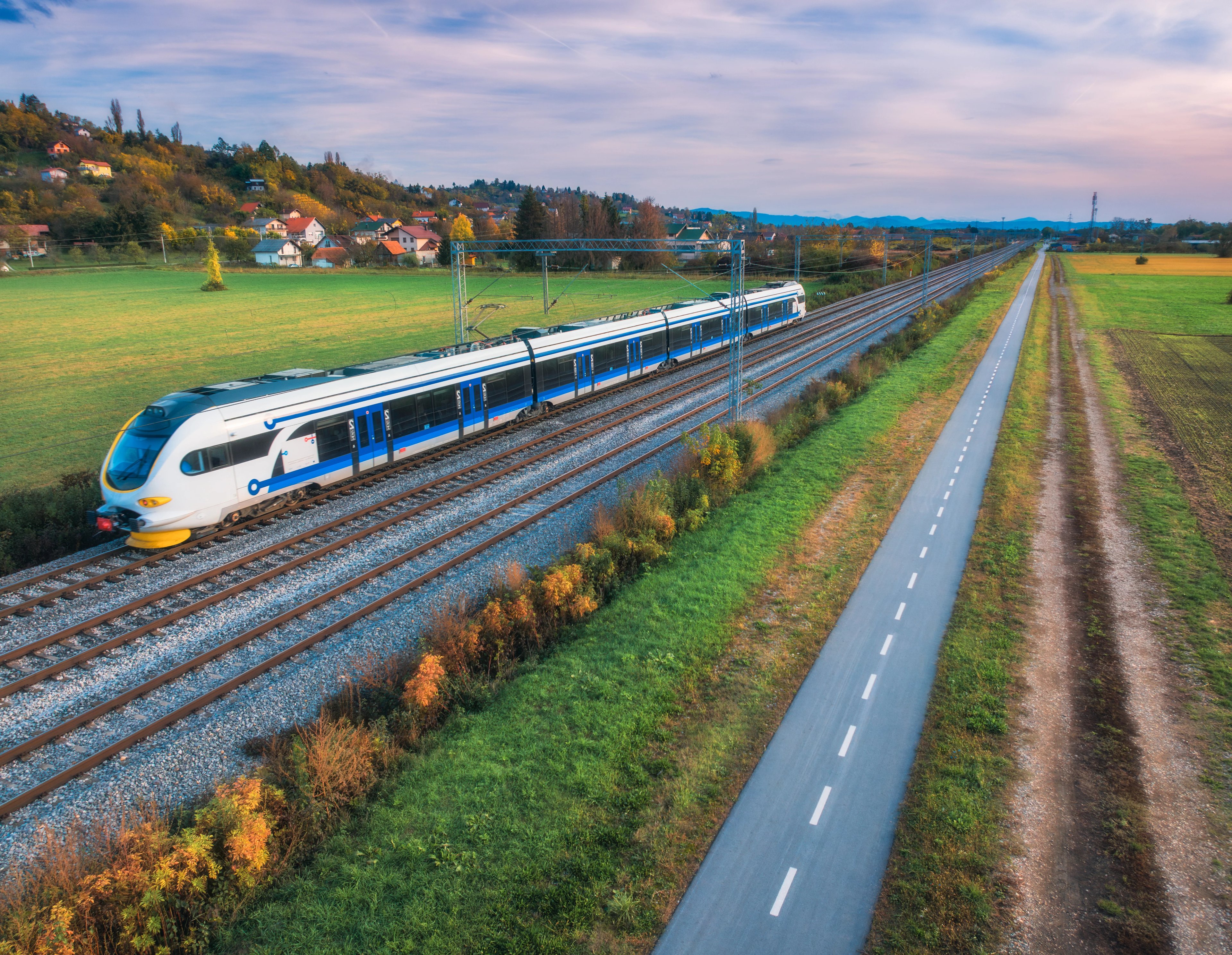
Getting around Croatia is straightforward thanks to a well-developed transport network — though routes can vary between the mainland and islands.
- Buses are the most reliable way to move between towns and regions. They’re affordable, frequent, and connect even small villages. For long-distance connections, companies like FlixBus and Arriva Croatia operate modern, comfortable coaches. You can check and book schedules directly on their websites.
- Trains are less extensive but link key inland cities such as Zagreb, Osijek, and Rijeka. They’re scenic but slower than buses, making them more suitable for relaxed travel than tight schedules. Timetables are available at Croatian Railways (HŽ Putnički Prijevoz).
- Ferries and catamarans are essential for island travel. Operators like Jadrolinija and Krilo connect the mainland with popular islands including Hvar, Brač, Korčula, and Krk. Most ferries accept bicycles for a small extra fee, but it’s best to book in advance during summer — both offer online booking and live schedule updates.
For maximum flexibility, cyclists often rely on private transfers or rental vans to reach remote starting points or connect between rides — especially when combining mainland and island routes.
Mobile Coverage & Connectivity
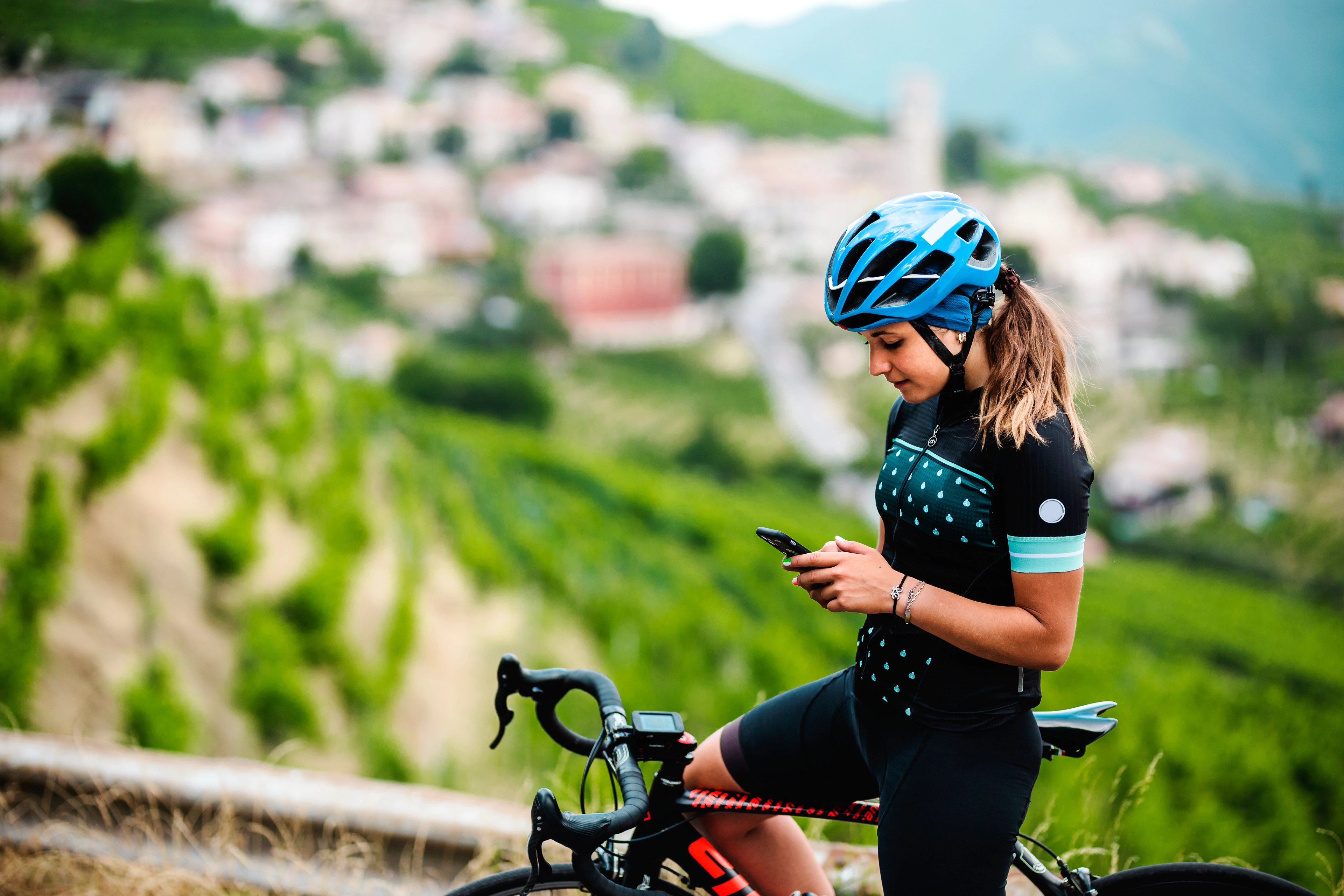
Mobile coverage in Croatia is excellent along the coast, islands, and major inland towns, though it can occasionally drop in mountain areas or remote national parks.
Local SIM cards are widely available at airports, kiosks, and mobile operator stores (such as A1, Hrvatski Telekom, or Telemach). Data packages are affordable, and EU roaming applies to travelers from EU countries.
Most hotels, cafes, and restaurants offer free Wi-Fi, so staying connected is easy wherever you go. A local SIM or eSIM, however, is recommended for navigation, ferry schedules, and emergency contact while cycling in rural areas.
Emergency Numbers and Safety
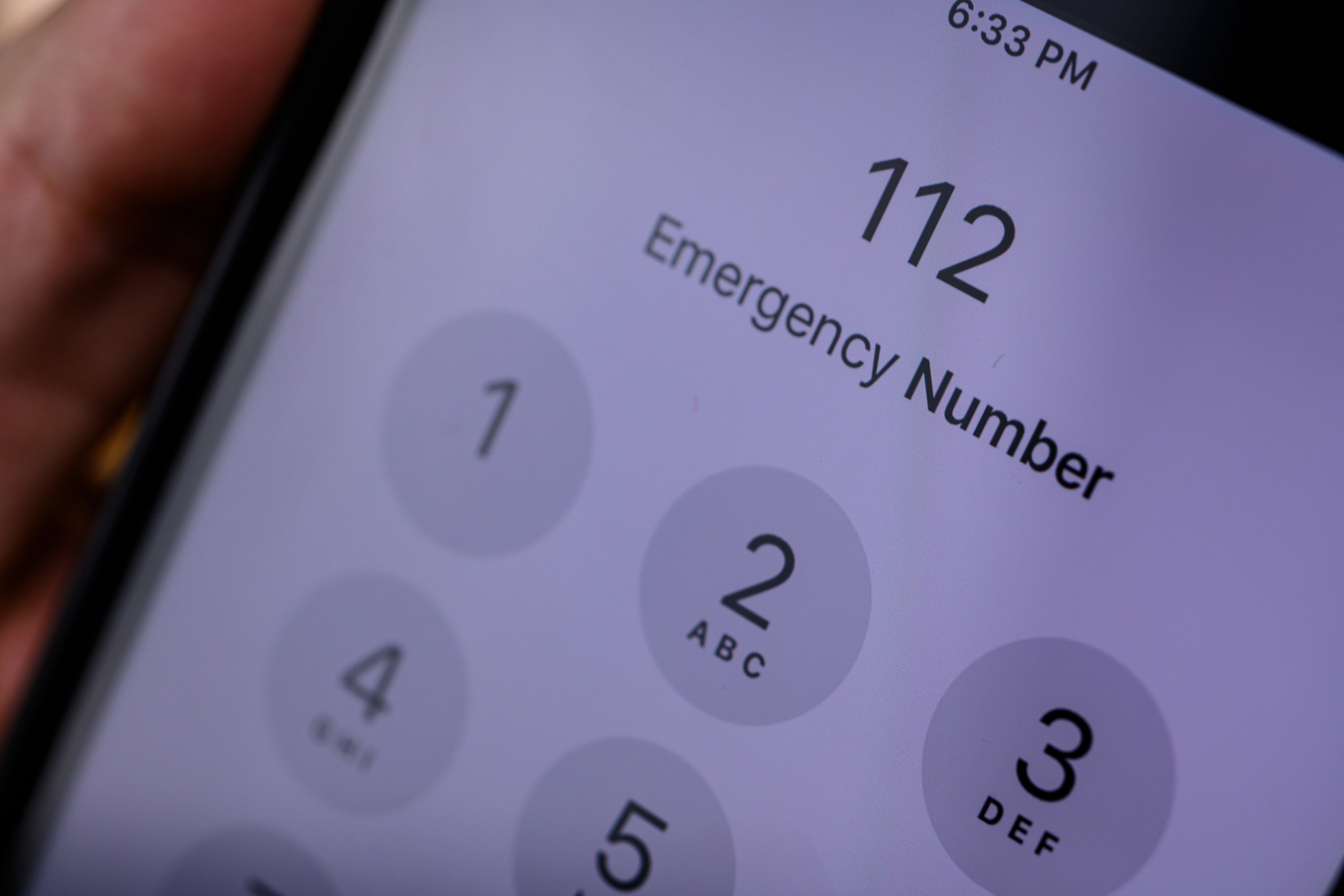
While Croatia is a very safe country to travel and cycle in, it’s always good to be prepared.
Here are the key emergency numbers you should know:
- Emergency services (medical, fire, police): 112 – The main number for all urgent situations anywhere in Croatia.
- Police emergencies: 192 – For accidents, theft, or non-life-threatening police assistance.
- Ambulance and medical emergencies: 194 – For urgent health issues or accidents requiring immediate care.
- Fire department: 193 – For fire-related emergencies.
- Roadside assistance (HAK): 1987 – For breakdowns or road incidents involving your vehicle or bike transport.
Croatia has a reliable and quick emergency response system, and operators usually speak English.
Other Quick Tips
- Travel insurance: Always include coverage for cycling and outdoor activities
- Language: English is widely spoken in tourist areas
- Electricity: Standard European plugs (Type C and F, 230V)
- Tap water: Safe to drink almost everywhere
- Time zone: Central European Time (CET), GMT+1
What to Expect on a Self-Guided Cycling Holiday
Morning: Get Set for the Ride
On the first day of your cycling trip Croatia, your bikes and helmets will be delivered directly to your hotel — fully adjusted and ready to go.
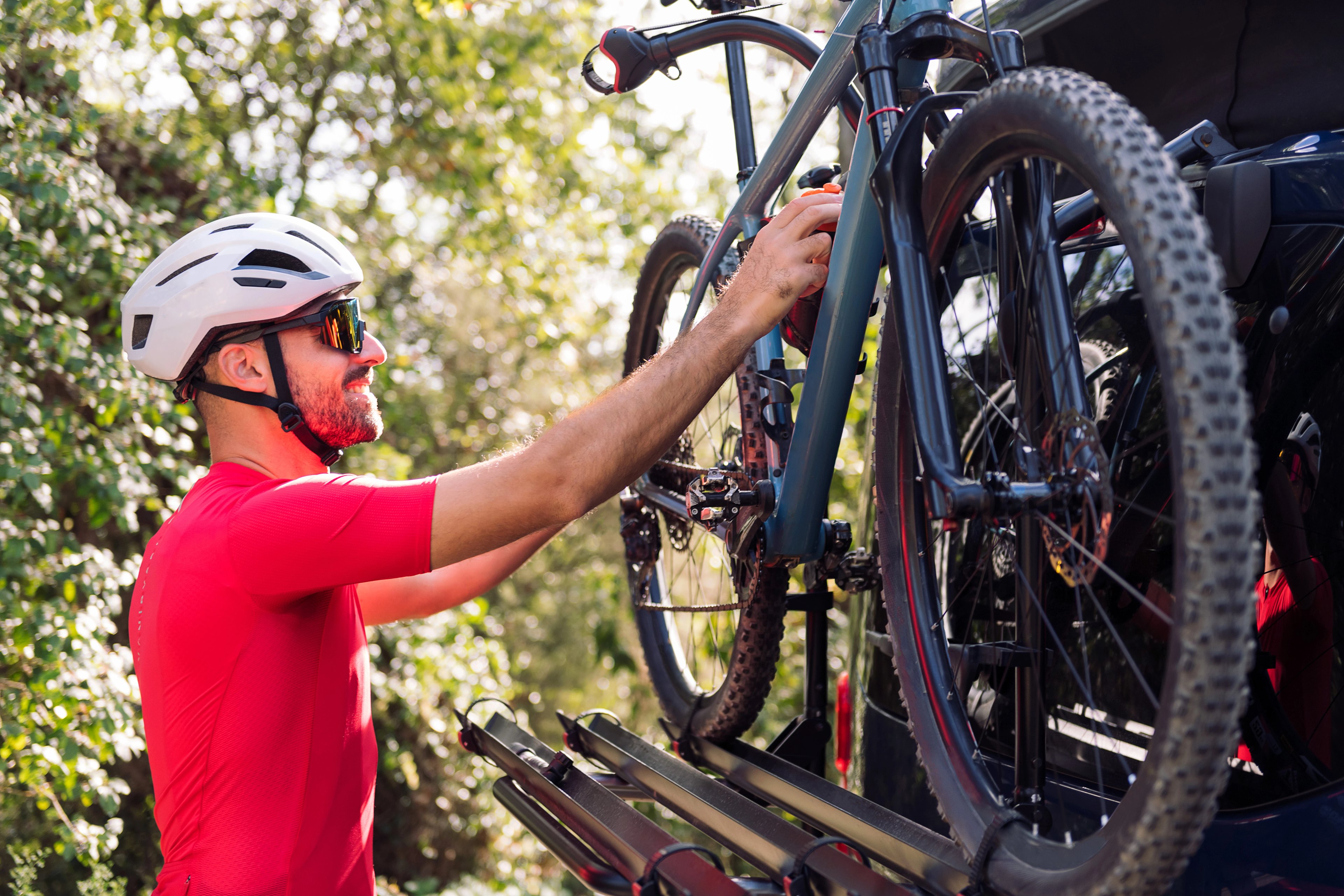
Each morning starts with a hearty breakfast at your accommodation, usually served between 7:00–10:00 AM.
In summer months, we recommend setting off early to enjoy cooler temperatures and quieter roads.
Your digital guidebook and GPX navigation maps will guide you along some of the most scenic cycling routes in Croatia — from coastal roads and vineyard trails to island loops and mountain passes.
Midday: Explore at Your Own Pace
One of the best parts of a self-guided cycling holiday in Croatia is the freedom to ride entirely at your own pace. You decide when to stop, explore, or take photos — and our digital guidebook points you toward the best local experiences along the way.
Expect to discover:
- Scenic highlights: coastal viewpoints, islands, river valleys, and national parks
- Cultural gems: medieval towns, fortresses, and ancient Roman sites
- Local stops: family-run taverns, seaside cafés, and wineries perfect for a relaxed Croatian lunch
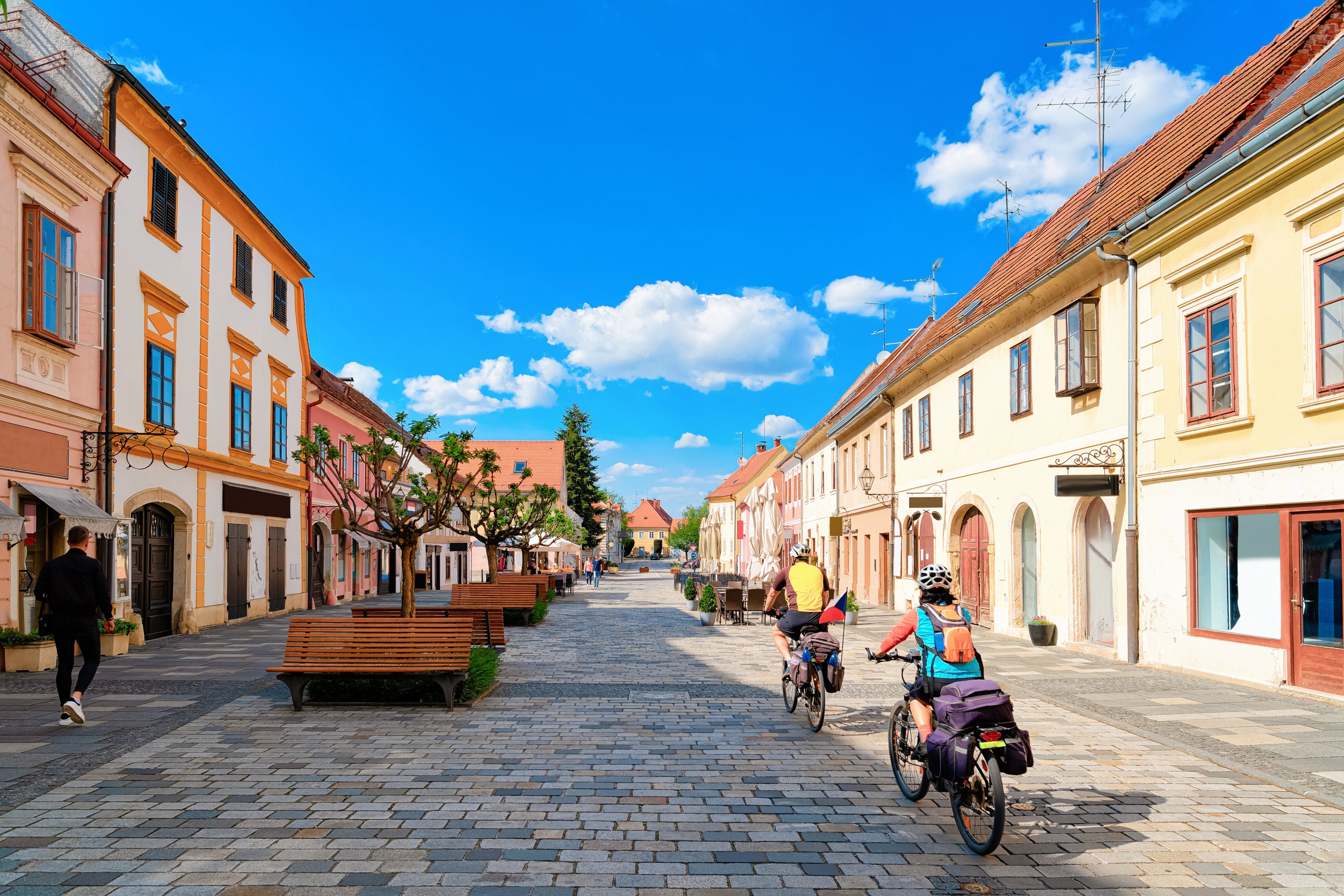
Late Afternoon: Arrive & Relax
You’ll typically arrive at your next hotel or guesthouse by late afternoon. Your luggage will already be waiting, so all that’s left is to shower, relax, and enjoy your evening. Wander through historic old towns, have a glass of local Plavac Mali wine, or watch the sunset over the Adriatic — it’s all part of the experience.
Accommodations are carefully selected for comfort, charm, and convenience, offering the perfect mix of rest and local character after a rewarding day on the bike.
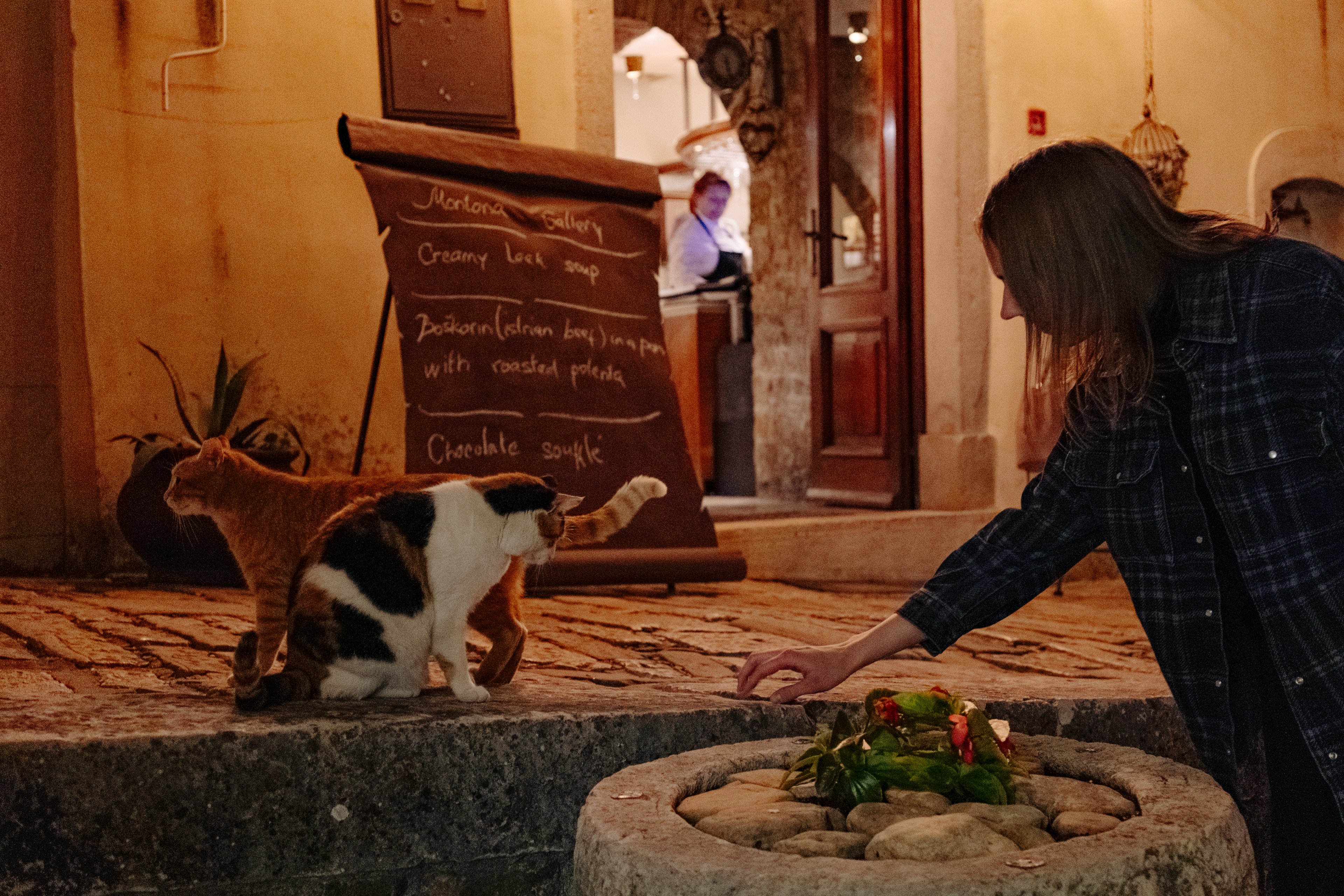
Explore Croatia by Bike
All of our self-guided cycling tours Croatia include everything you need for a smooth and worry-free trip:
- Digital guidebook with your route, itinerary, and insider local tips
- GPX navigation for easy route tracking
- Complete tour planning and organization
- Daily luggage transfers between accommodations
- On-tour support whenever you need it
So whether you’re cycling through Istria’s olive groves, the Dalmatian coast, or the islands of Hvar and Korčula, you can focus entirely on the ride — and we’ll handle the rest.
Get in touch and we’ll help you choose the perfect cycling Croatia tour tailored to your fitness level, riding style, and sense of adventure.

Hassle-Free
We handle itineraries, accommodations, and anything else you prefer not to deal with, so you can enjoy carefree cycling holidays.

Handpicked Adventures
Only the best bike tours in Croatia, cherry-picked by our team with an in-depth knowledge of the region.

Trusted by Many
Since 2014, we have taken care of thousands of happy customers, making it our mission to put your satisfaction first.

Value Your Time
With everything on your plate, let us handle the vacation planning, so your valuable time stays exactly where you need it.

Unbeatable Support
Our round-the-clock customer support is where we show our passion, bringing you a better experience by making your well-being our number one priority.













.jpg&w=3840&q=75)
